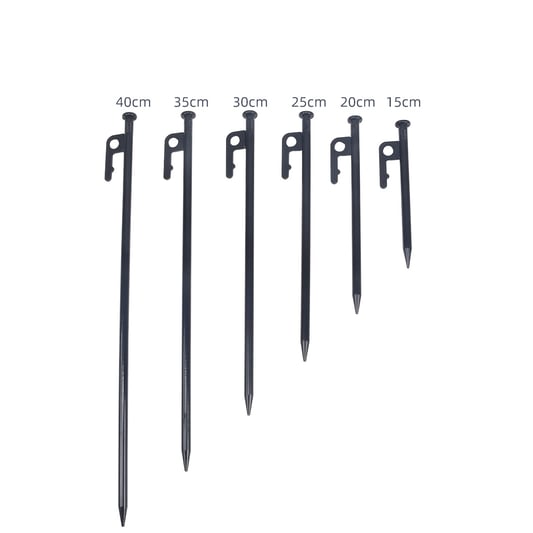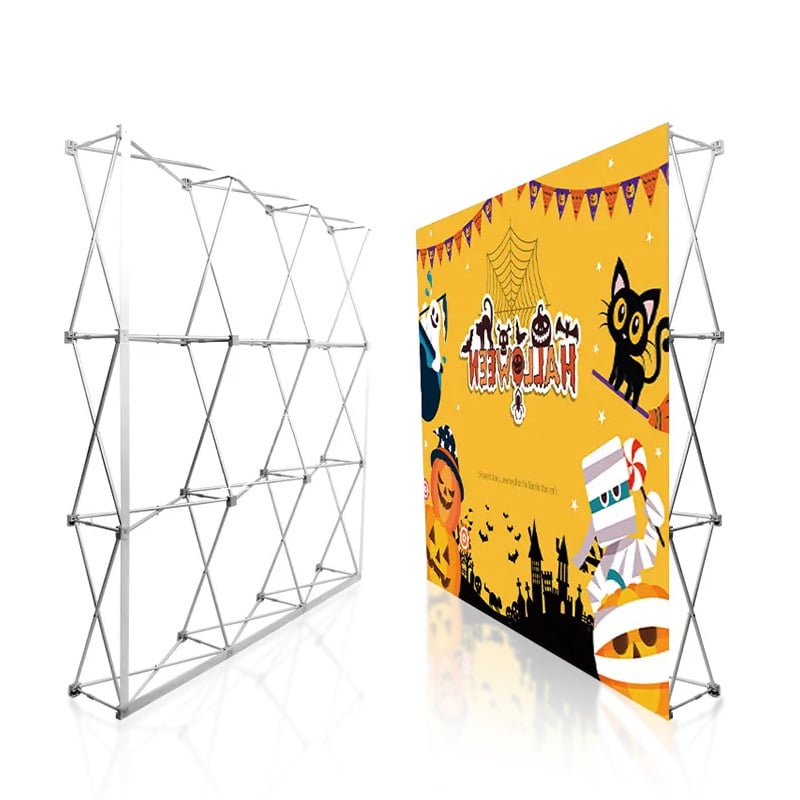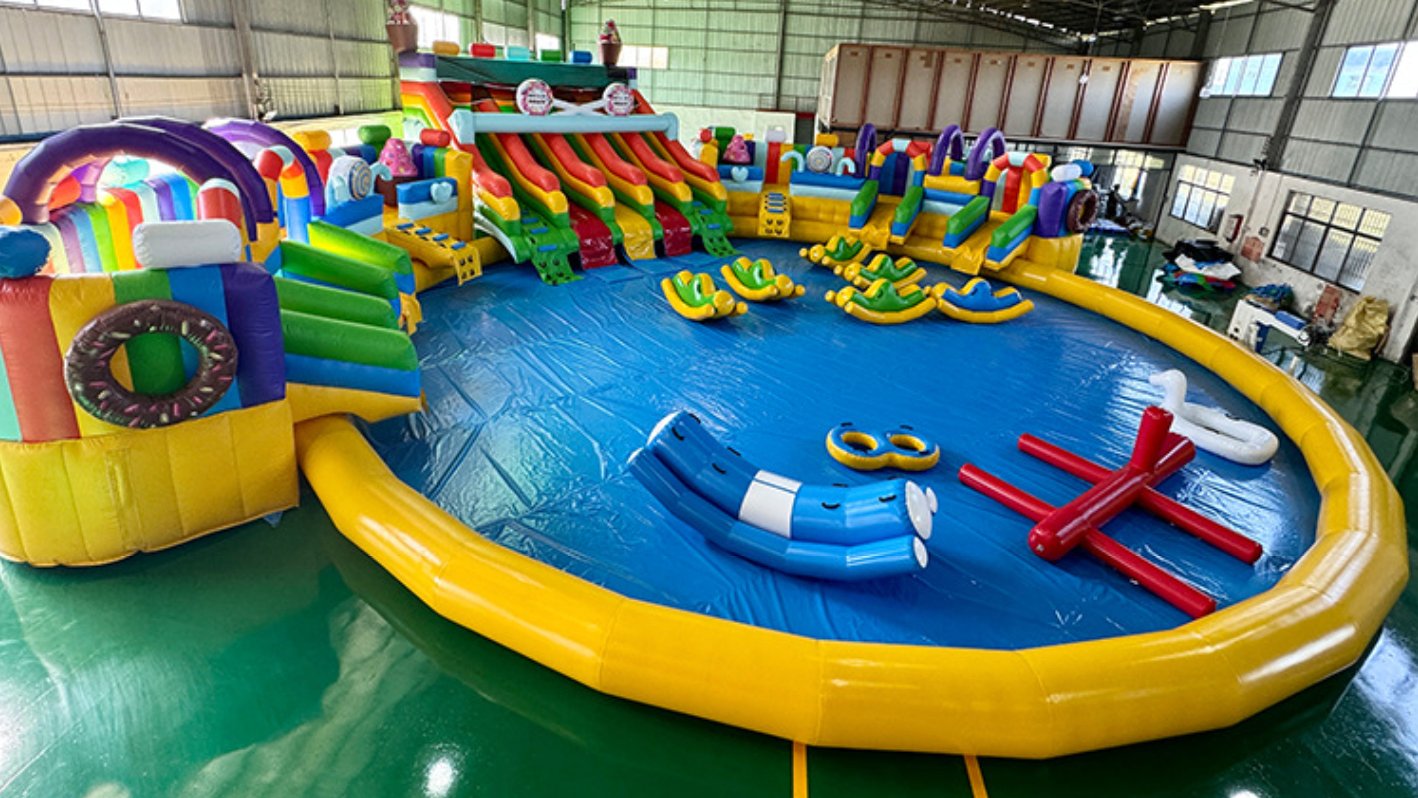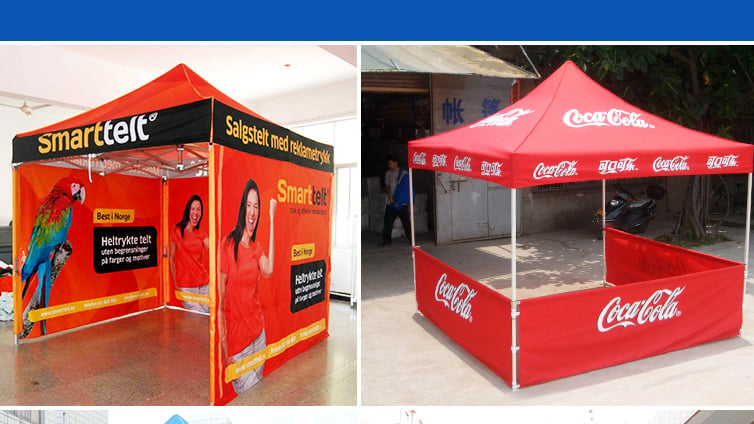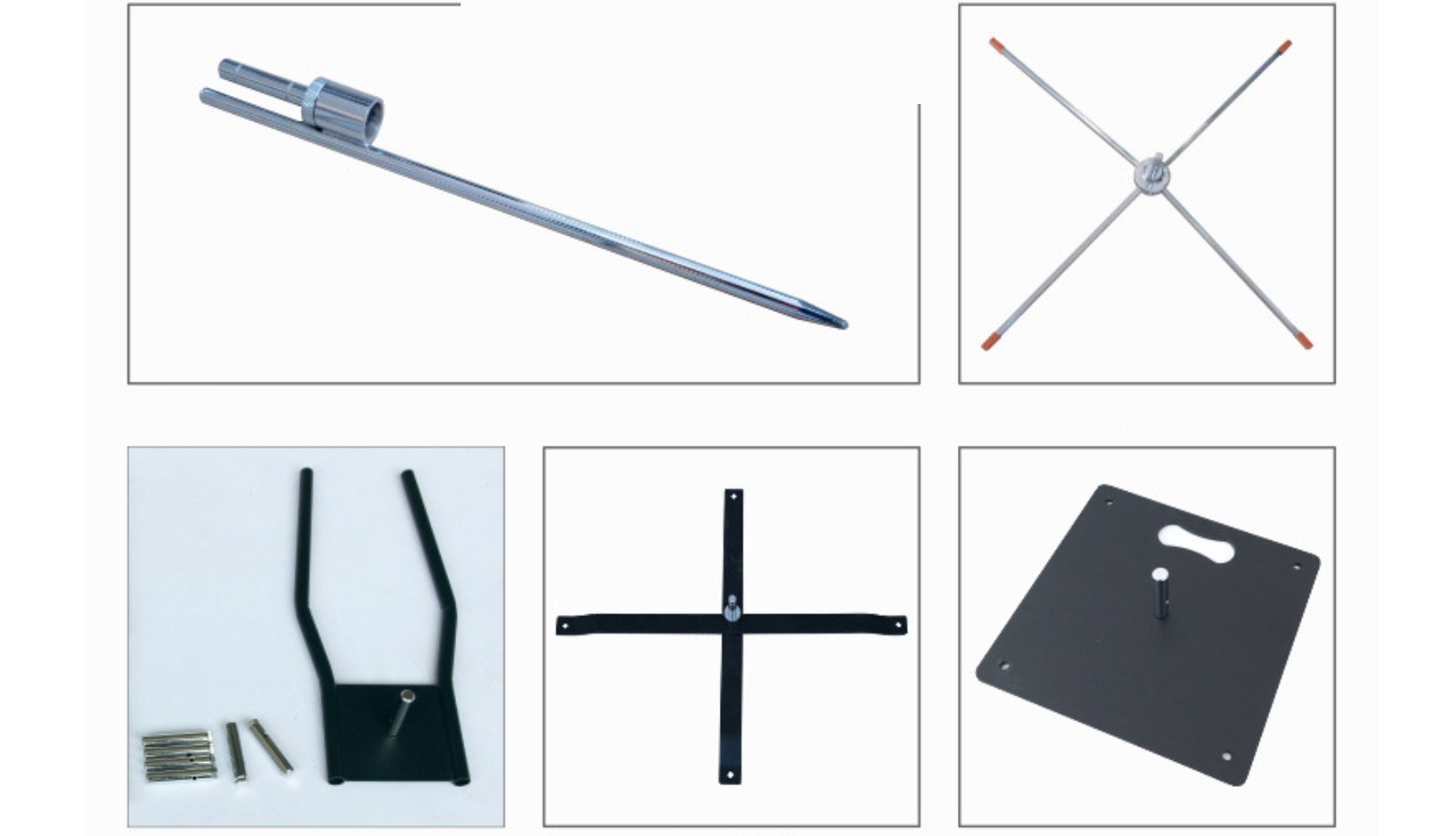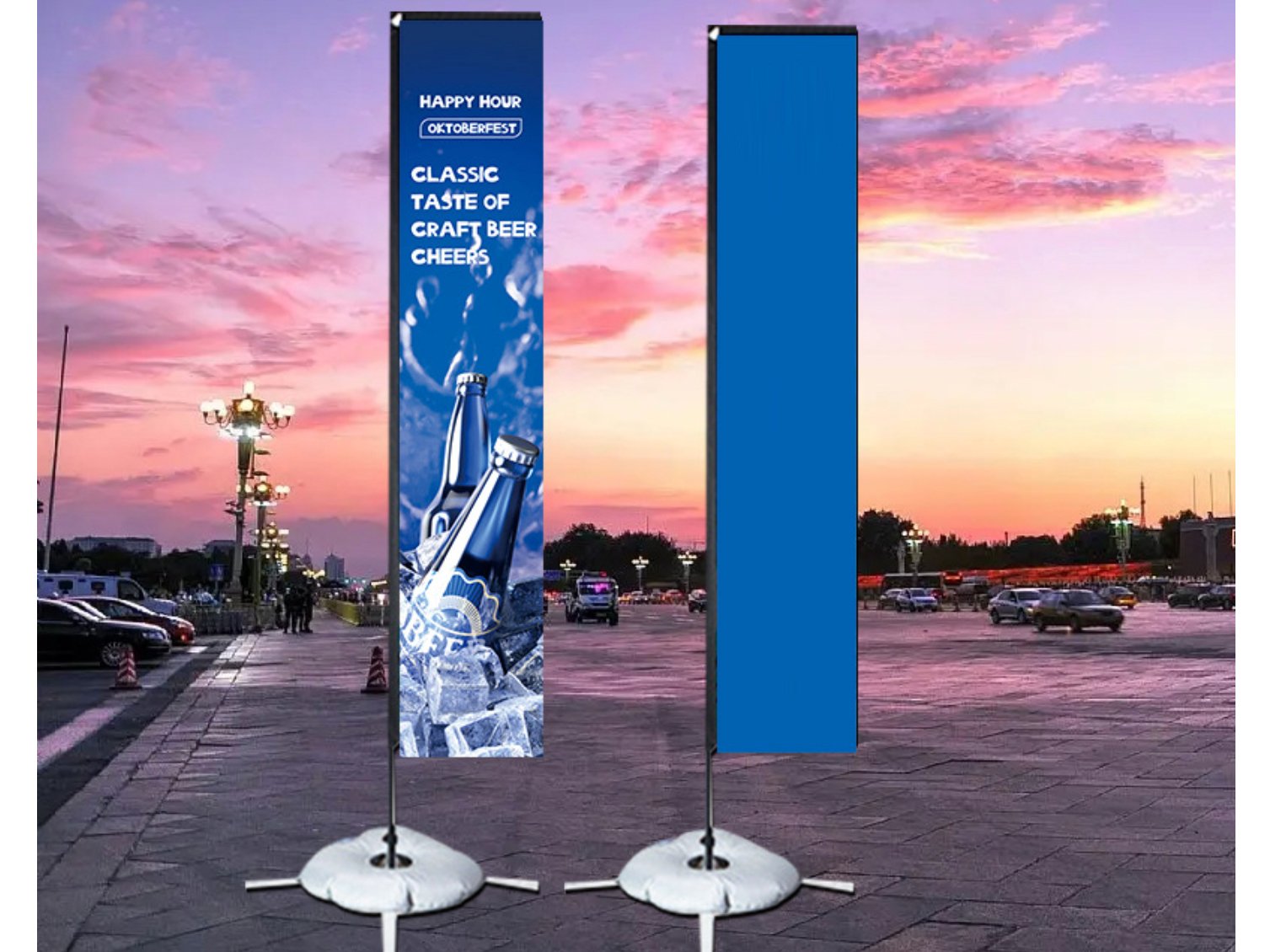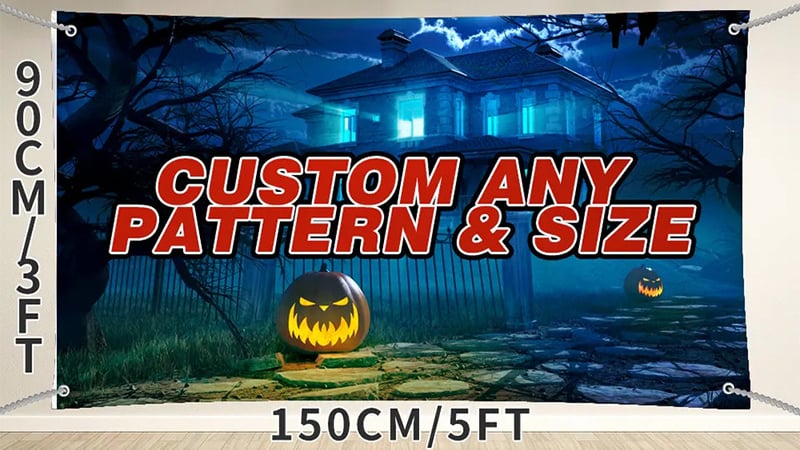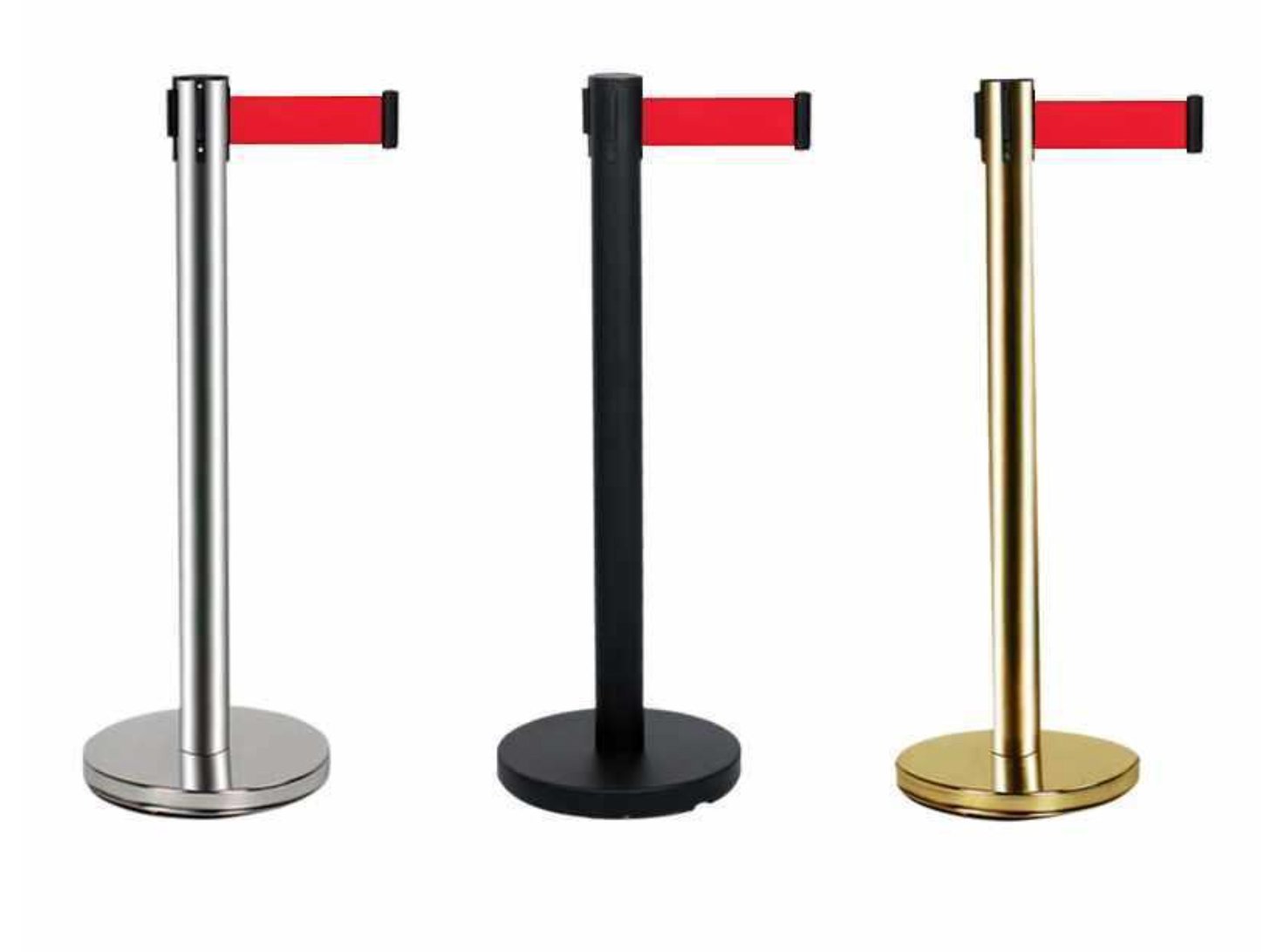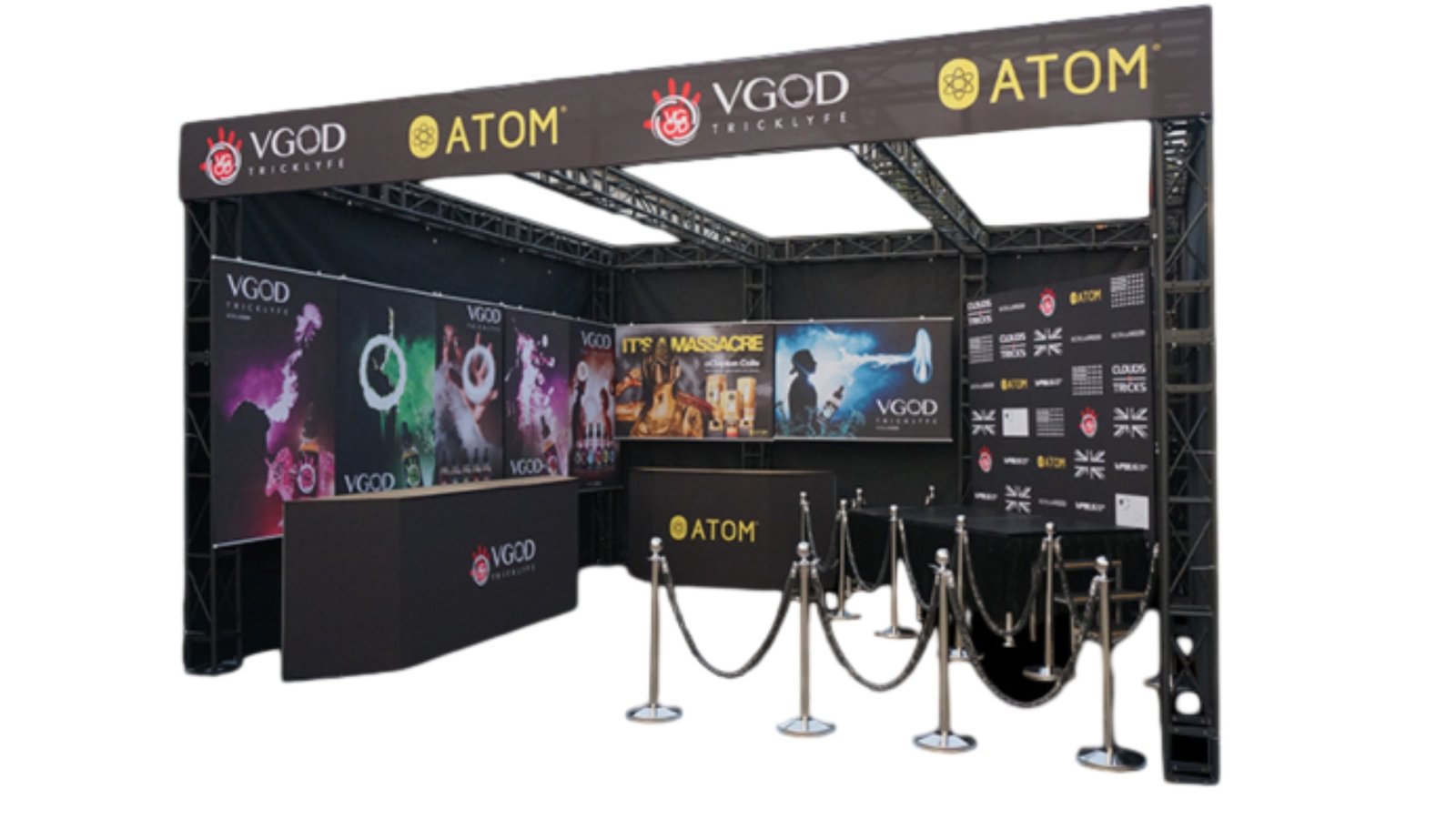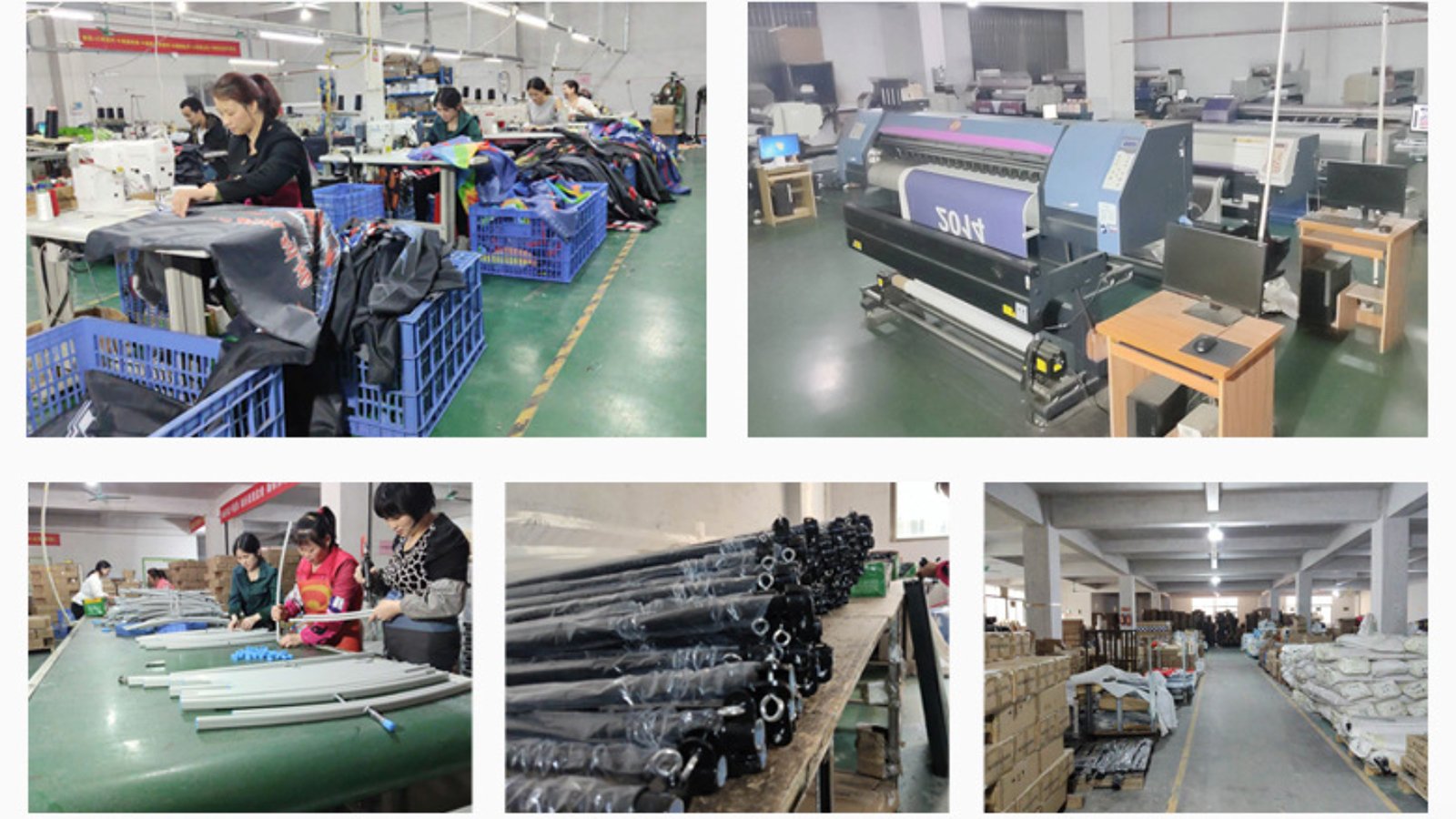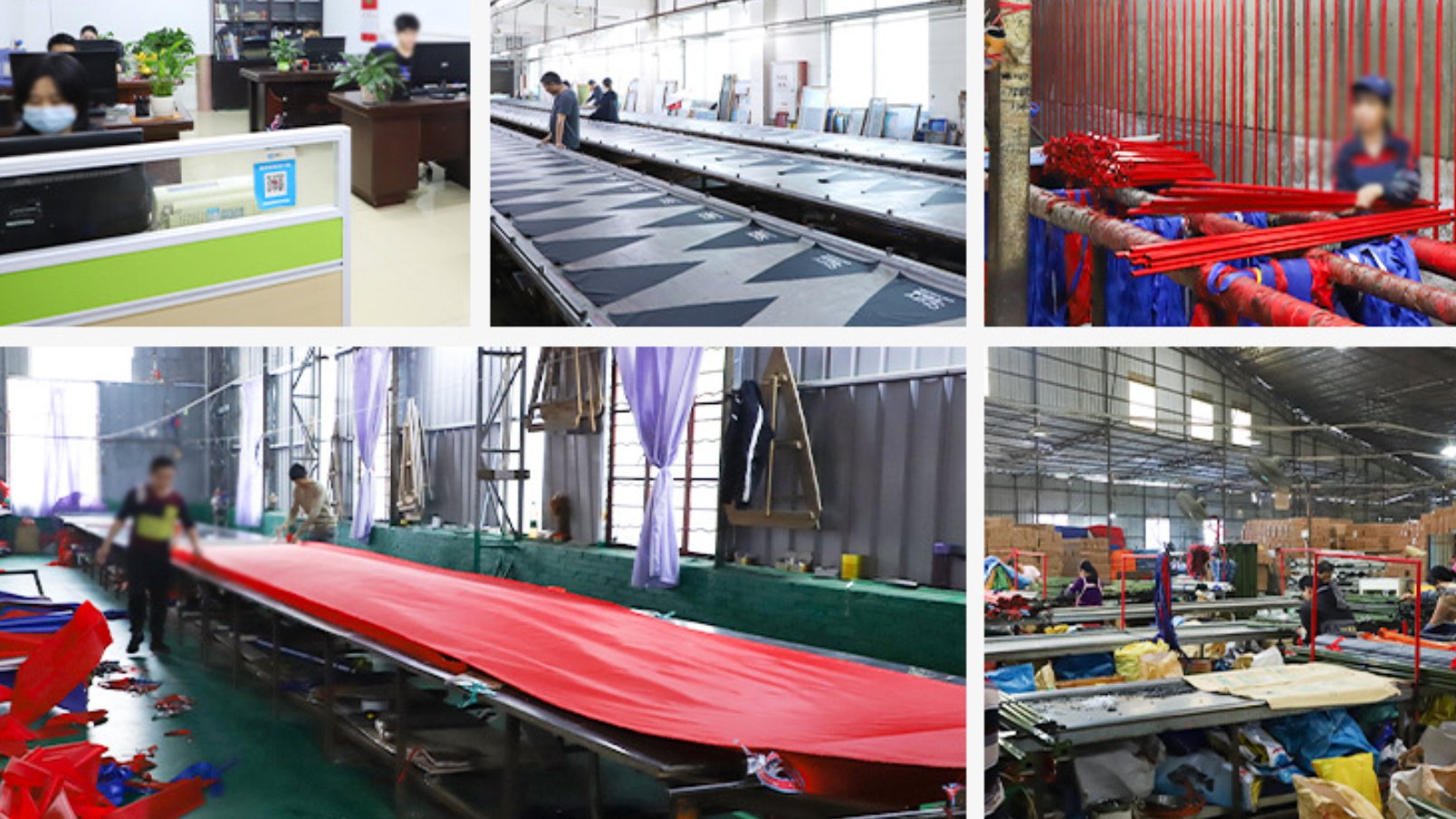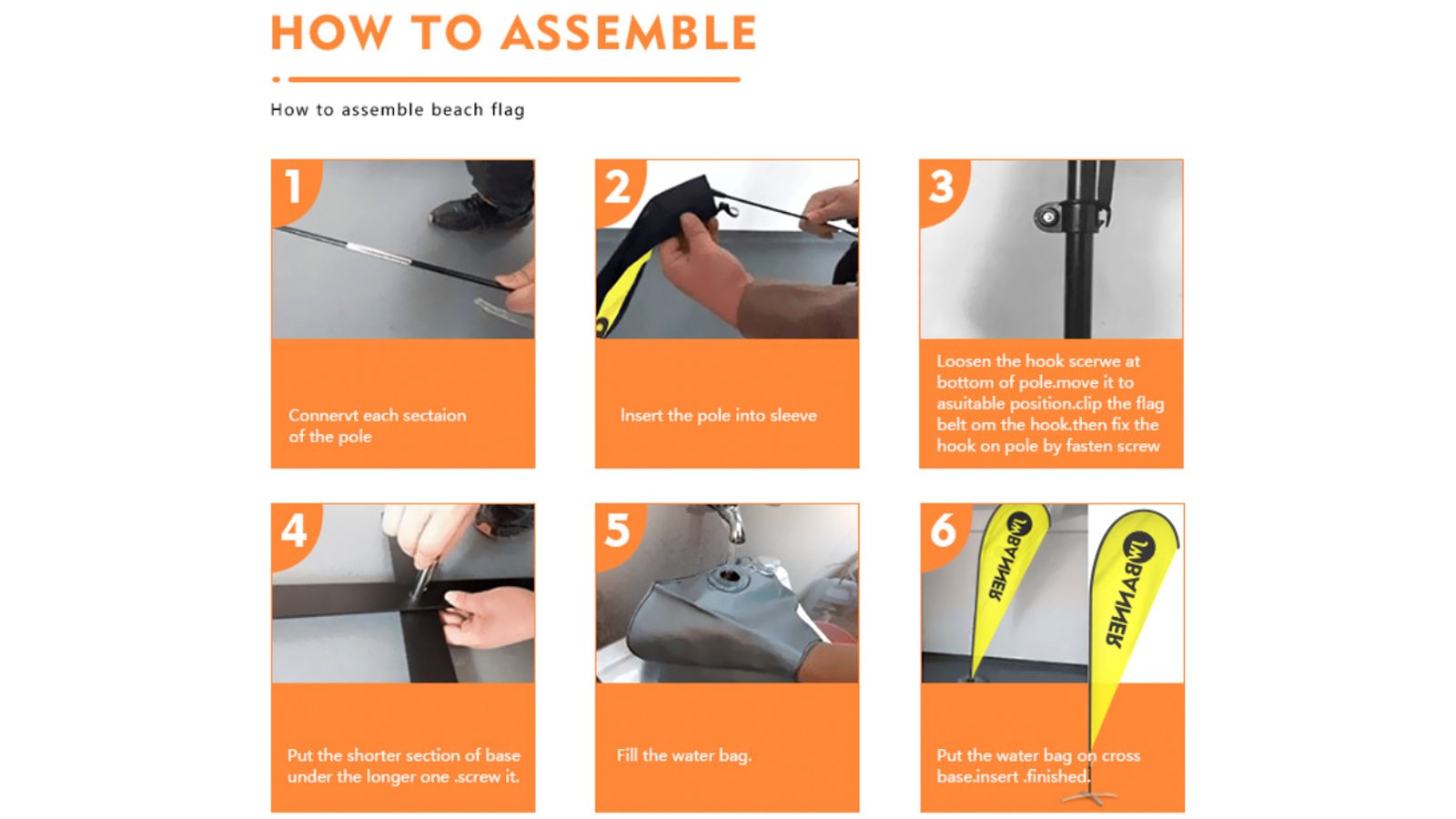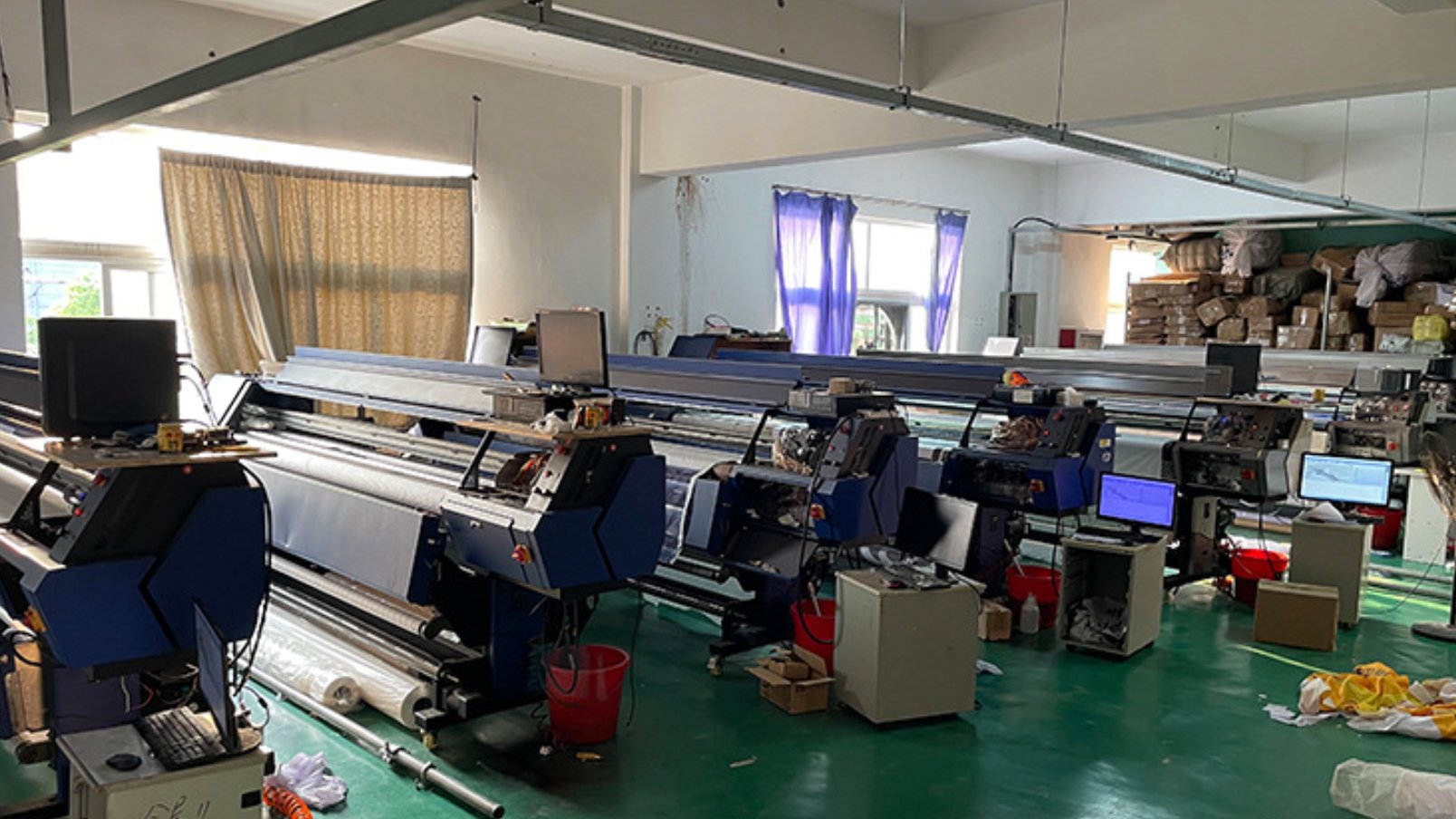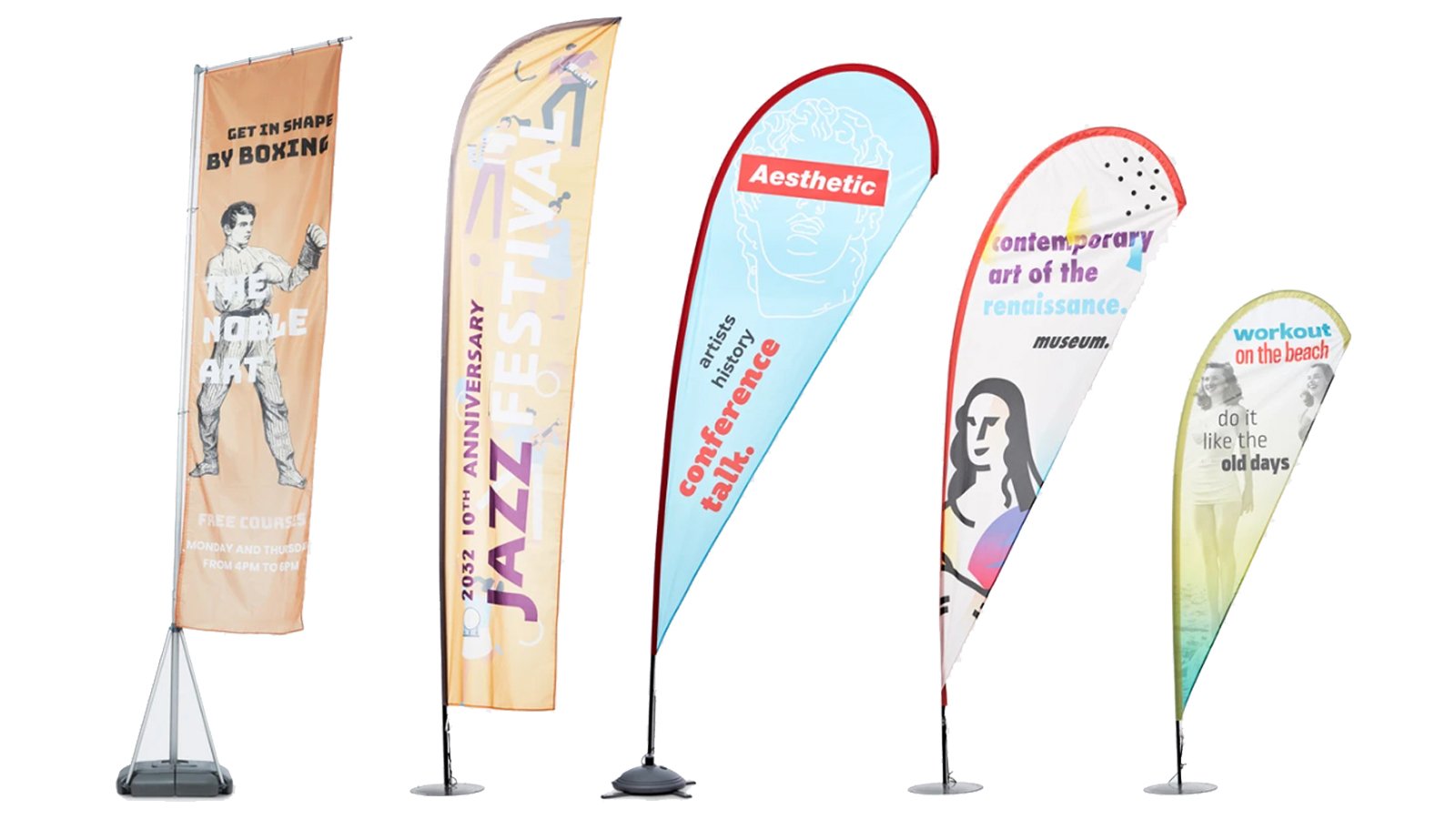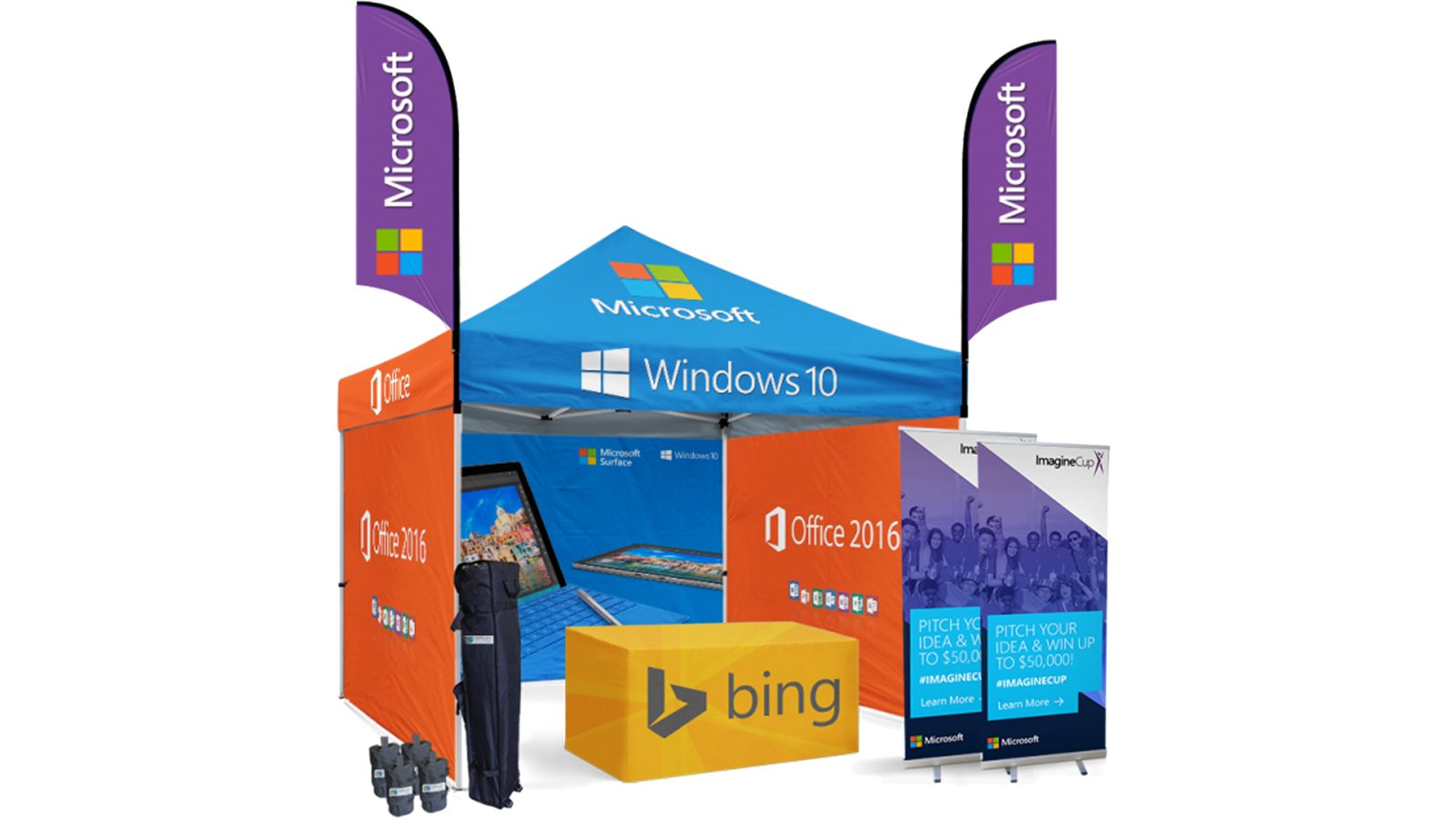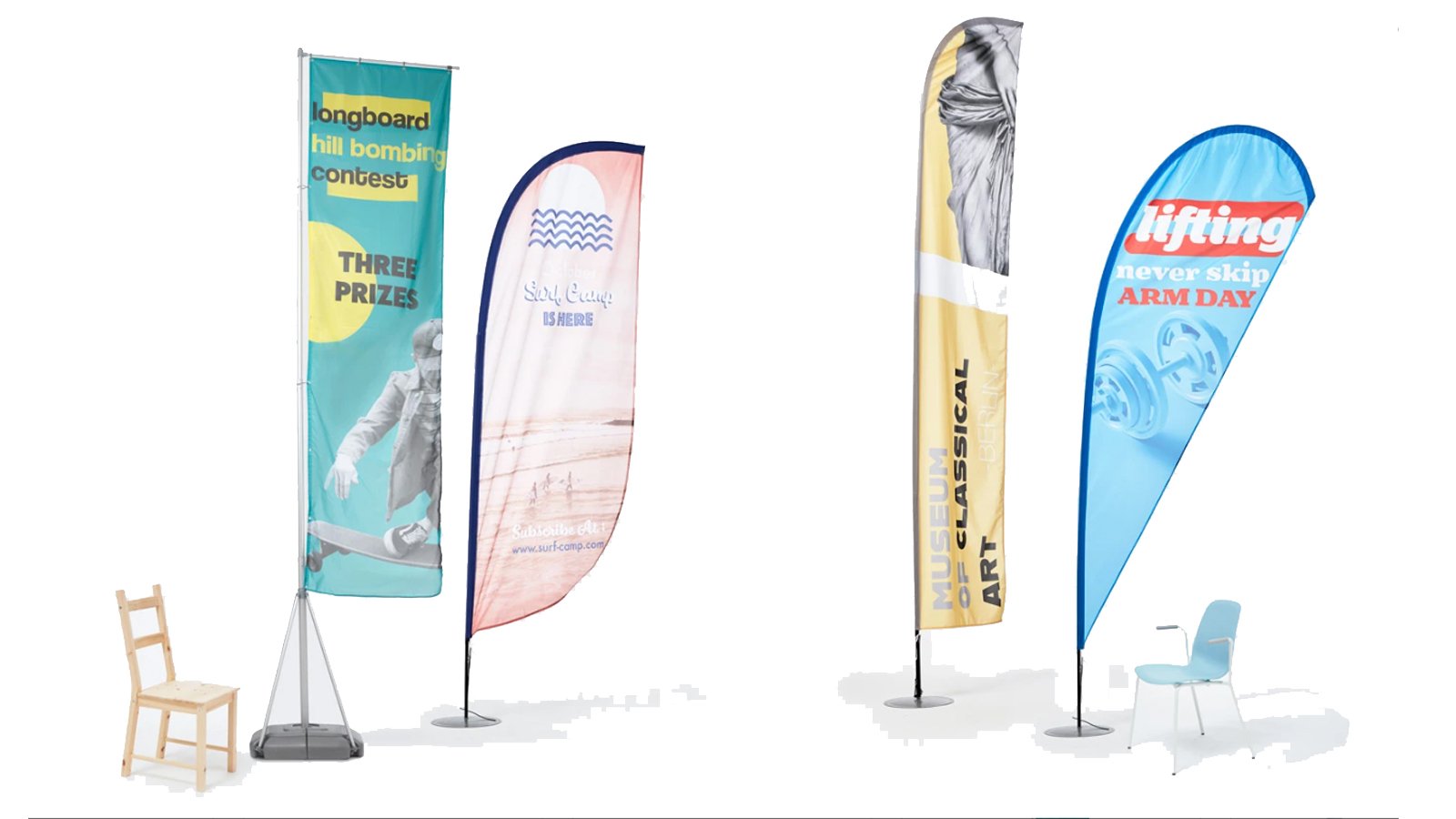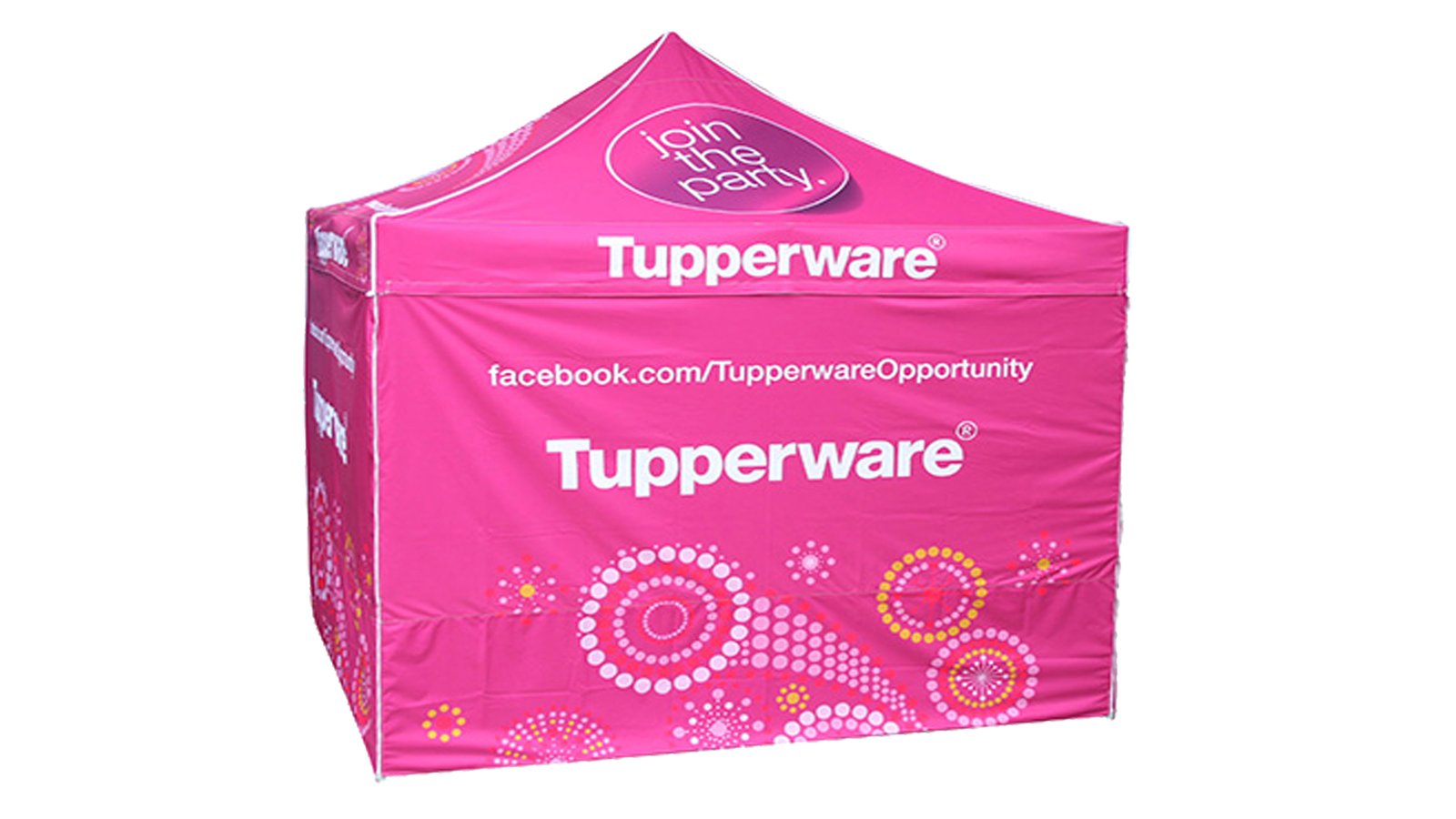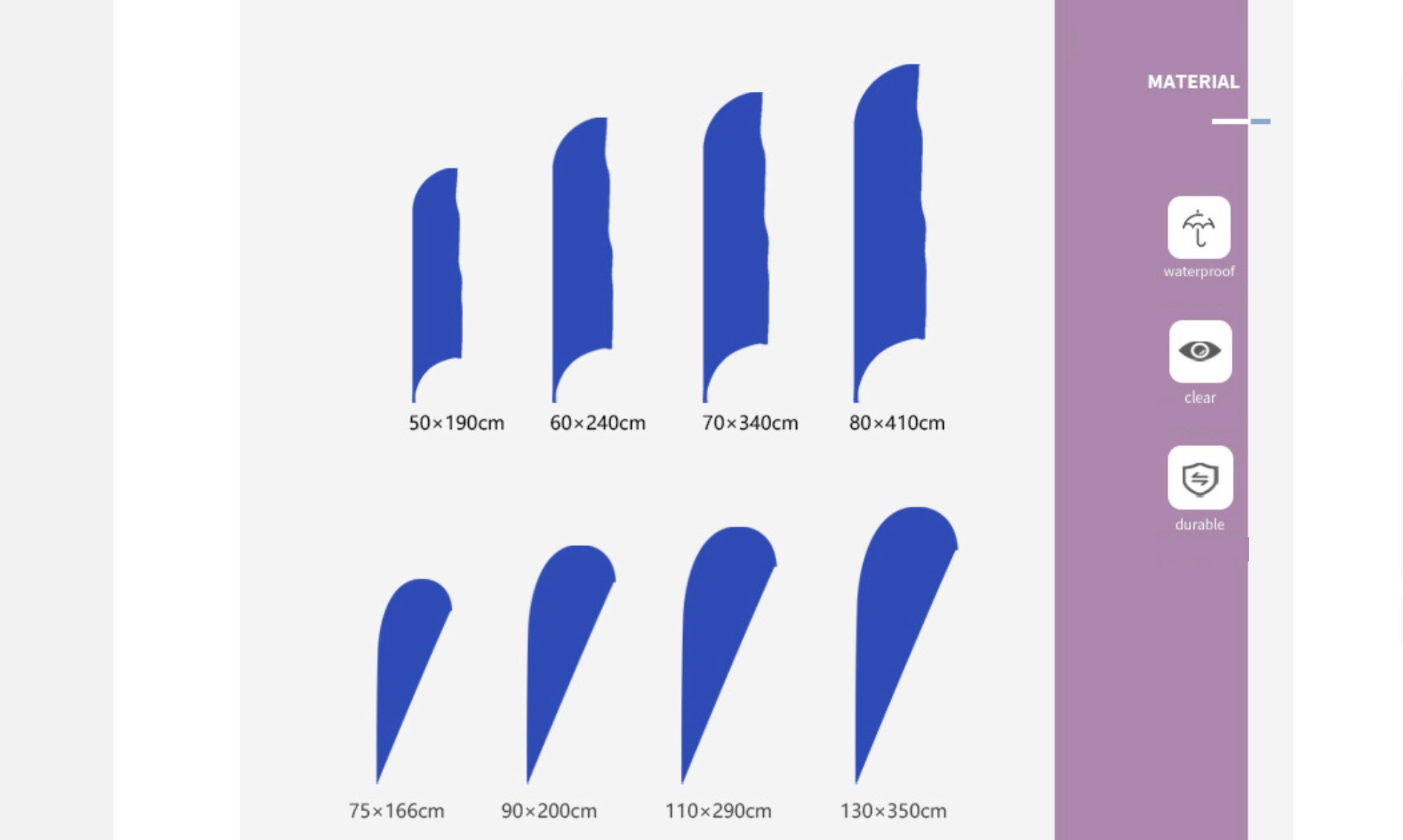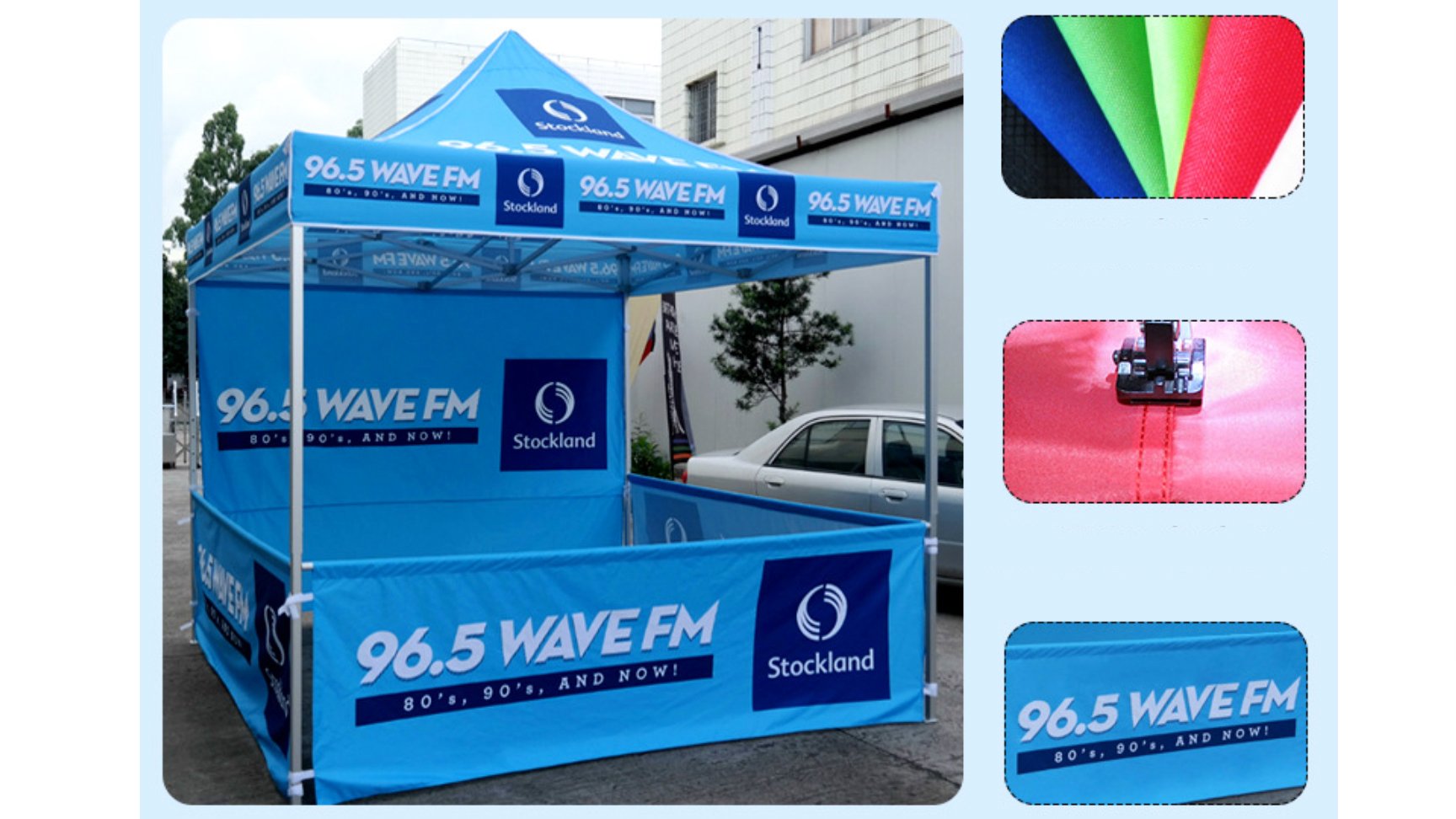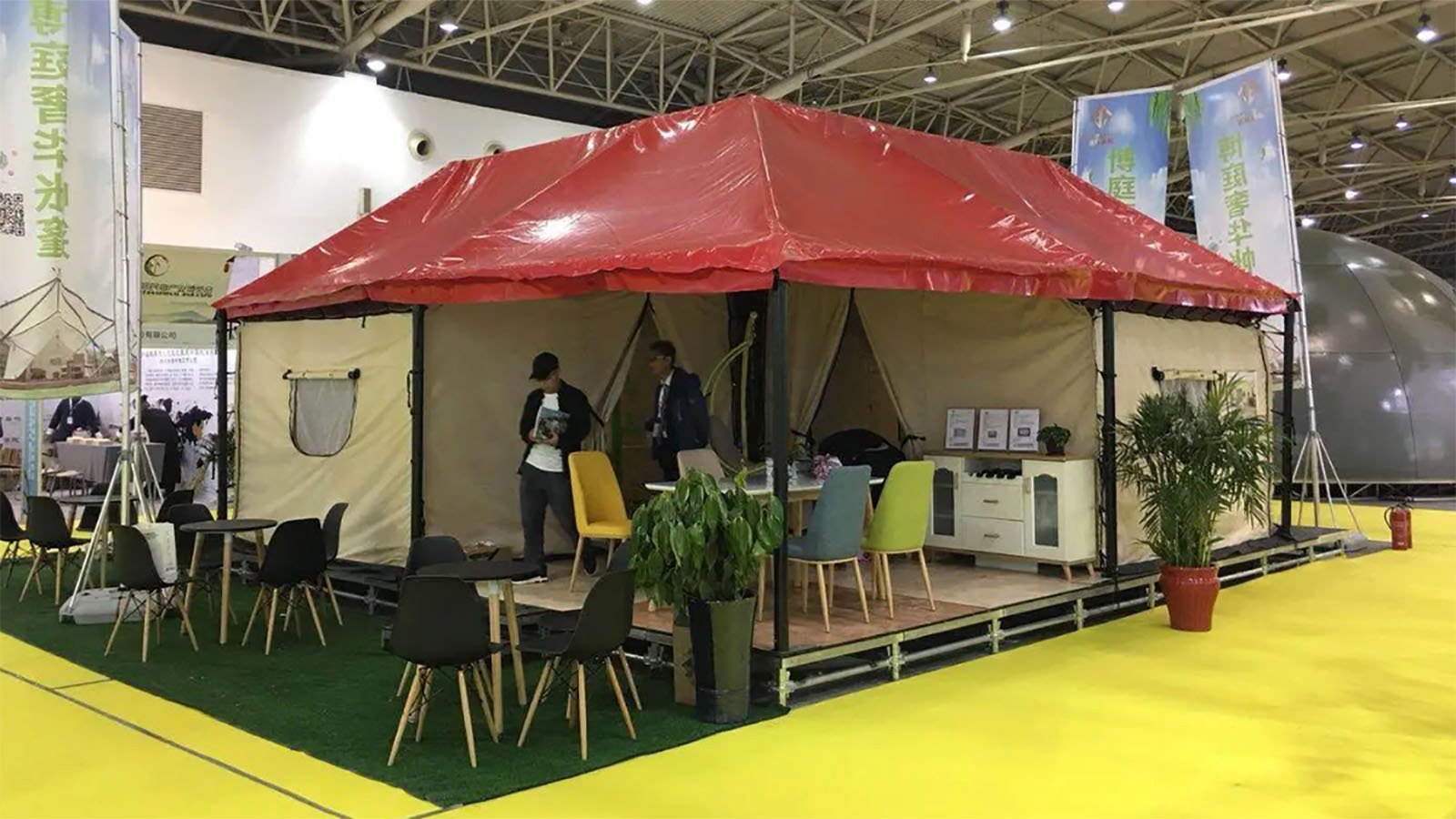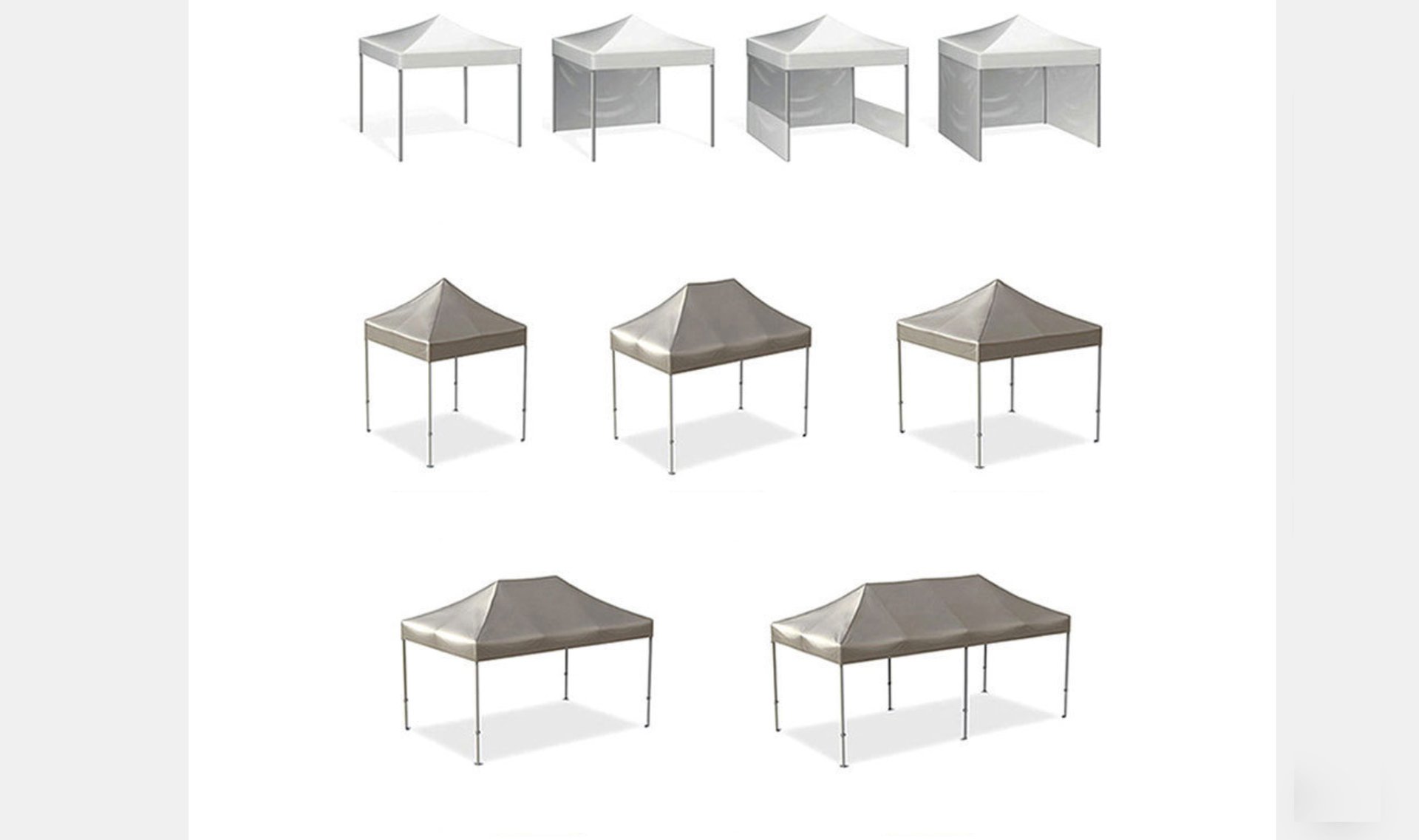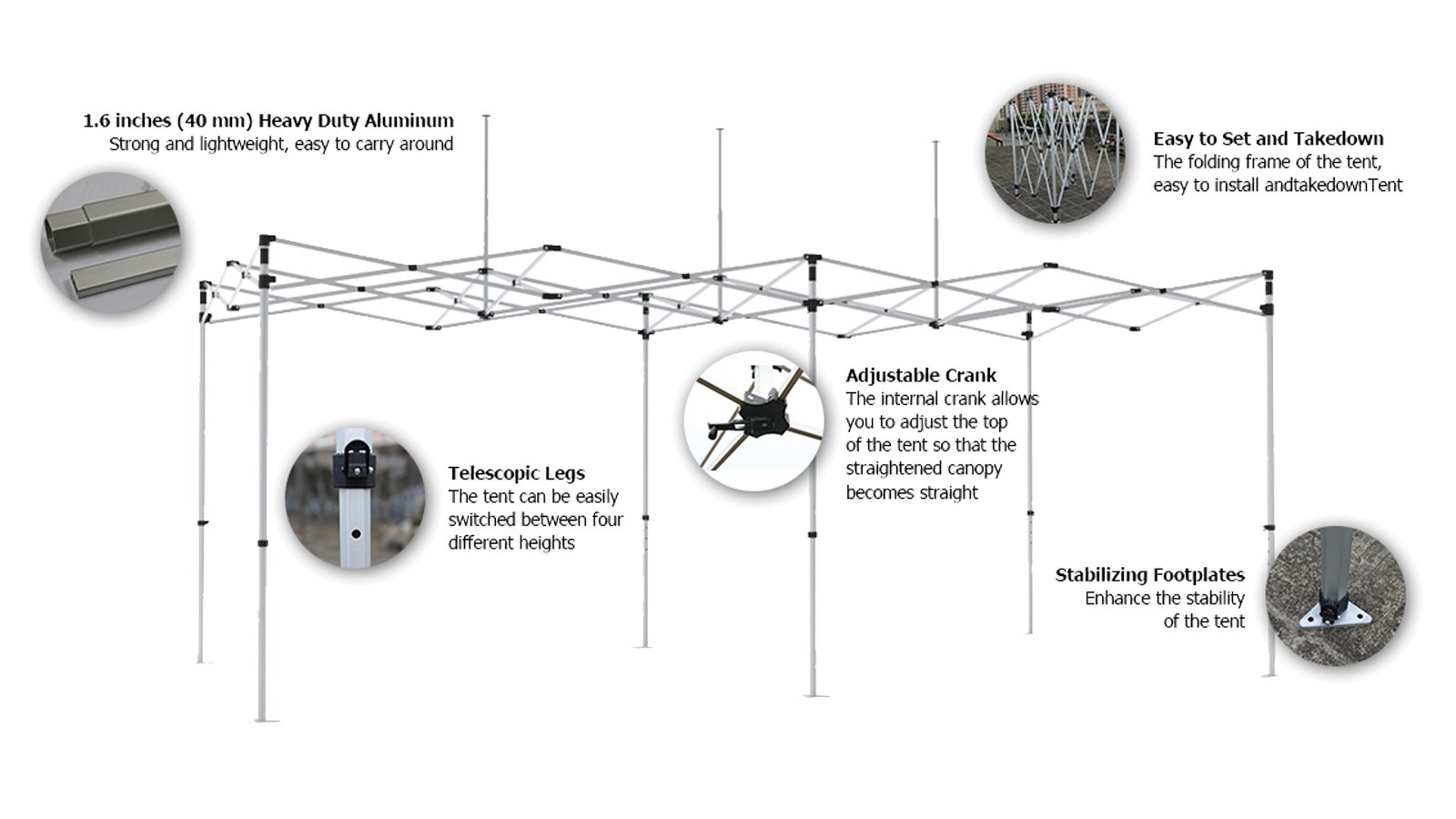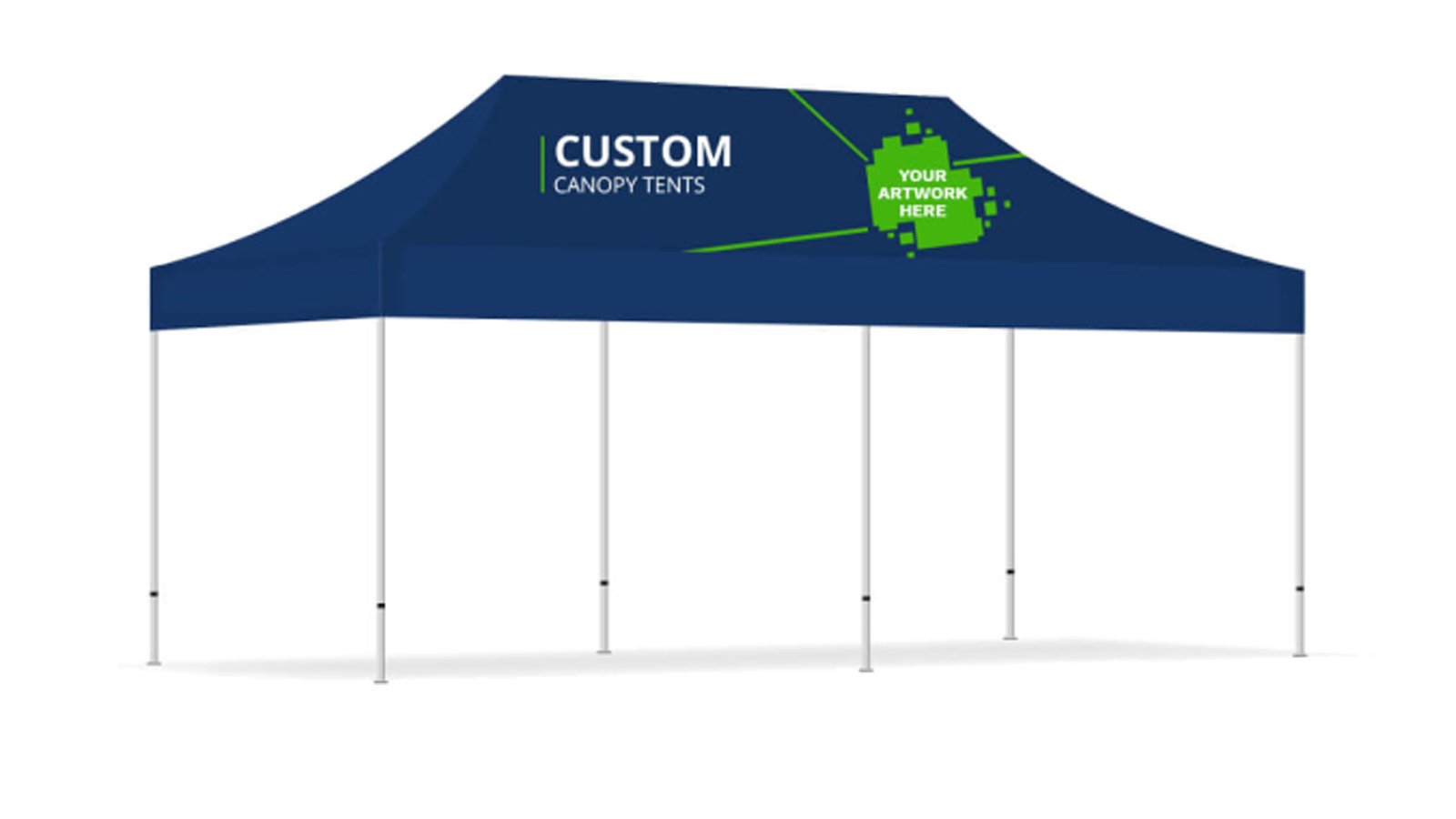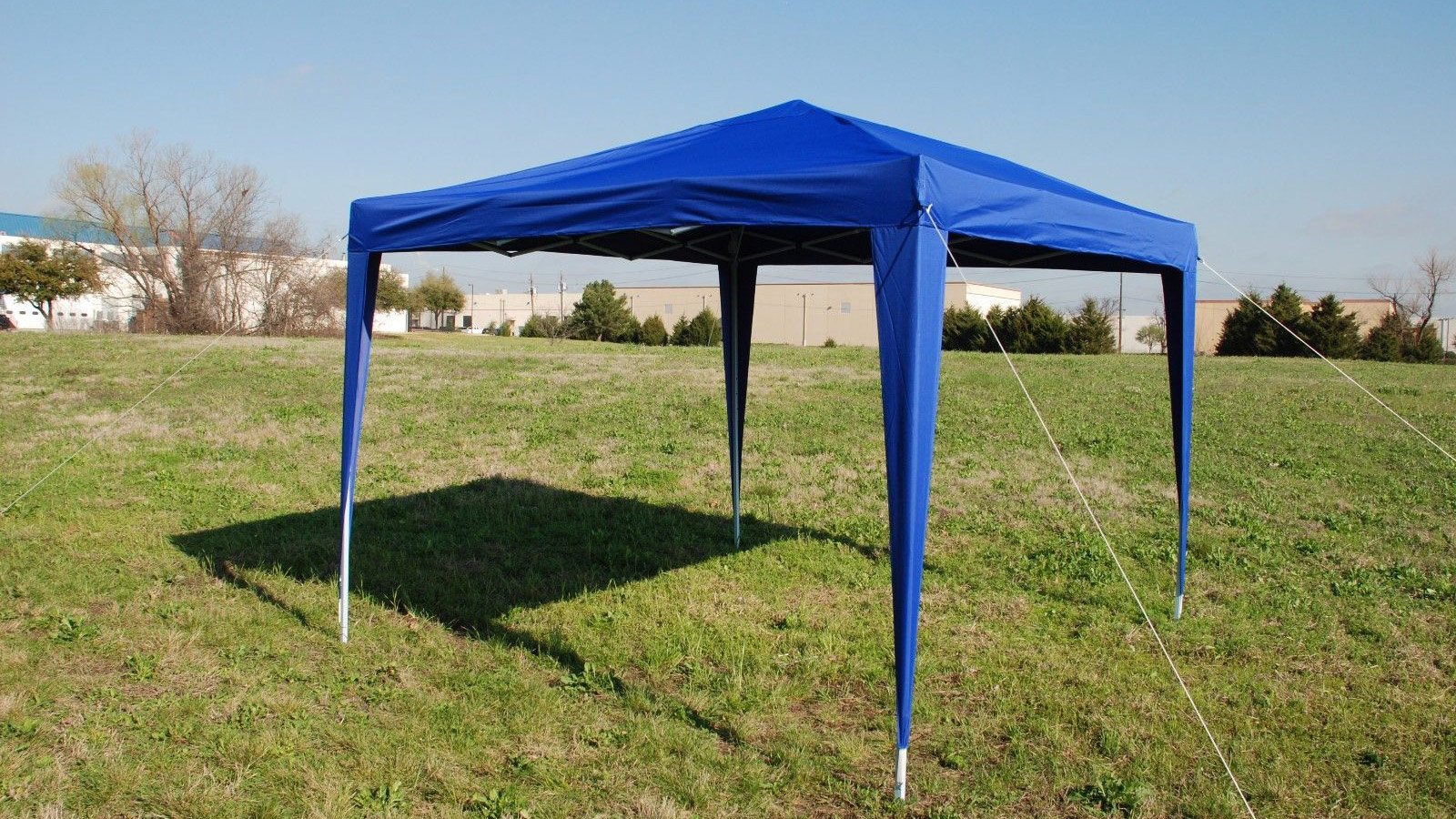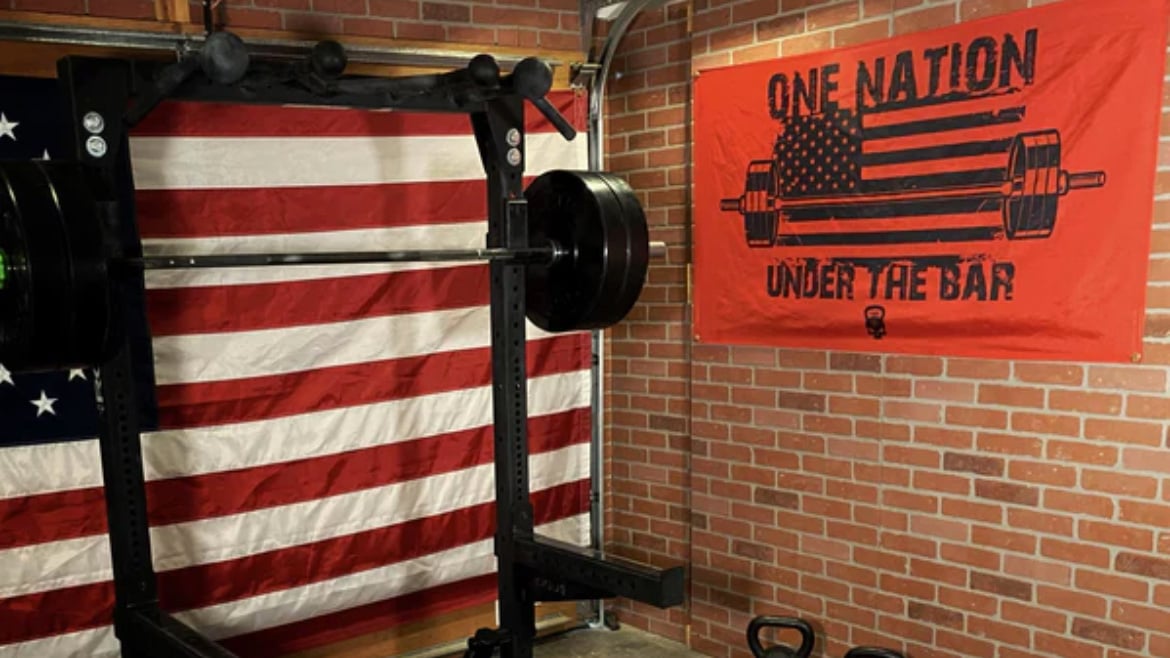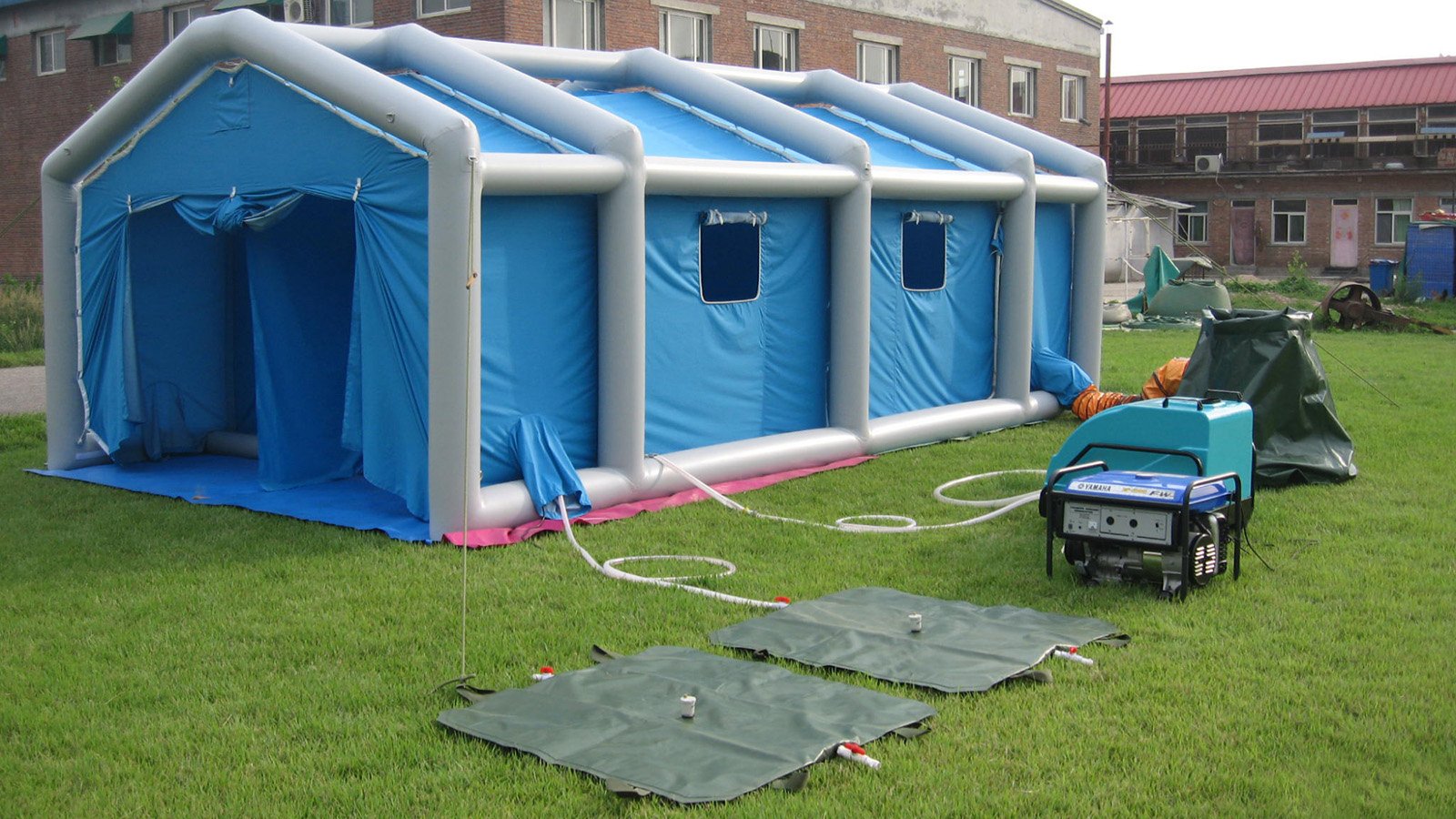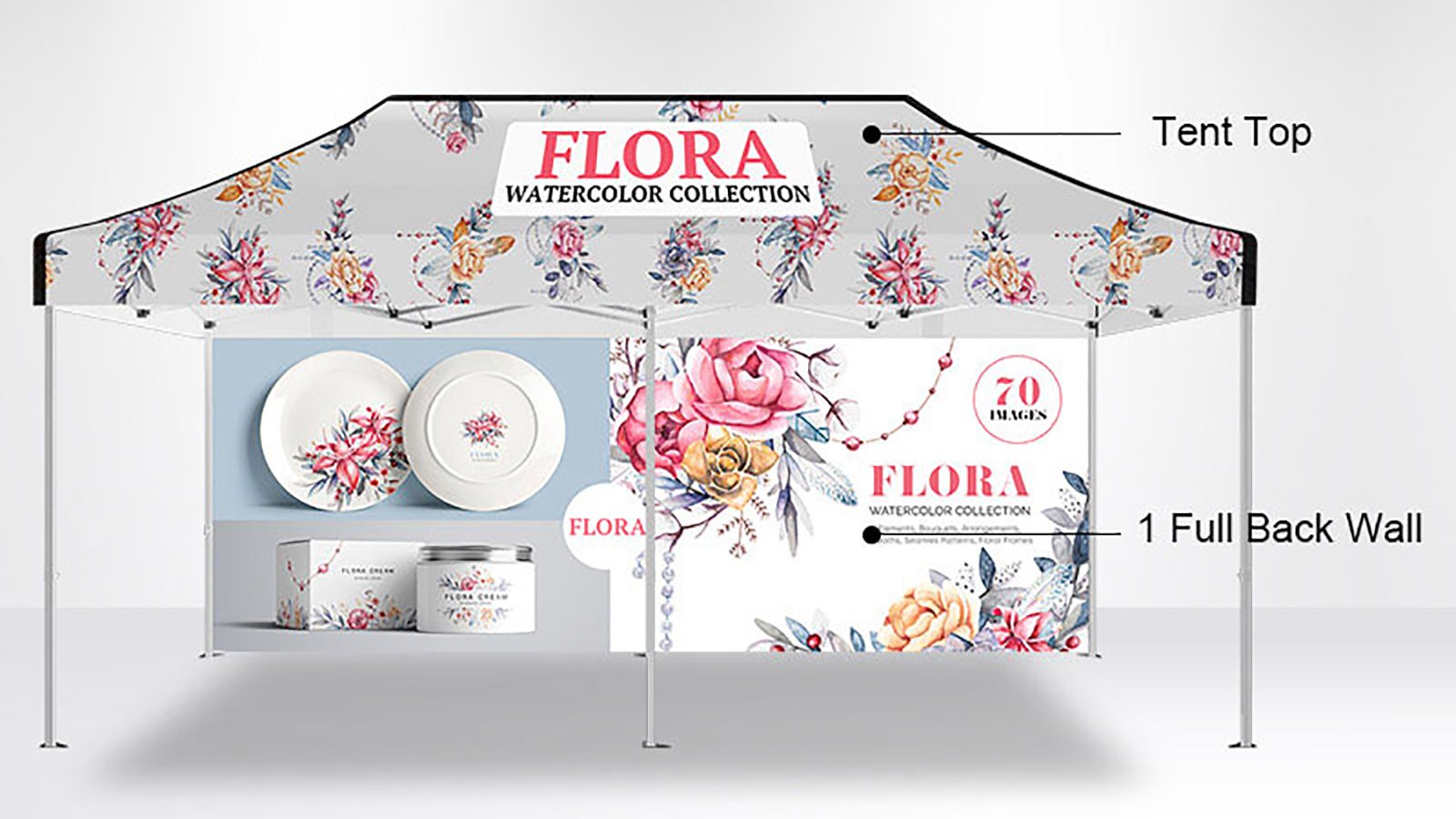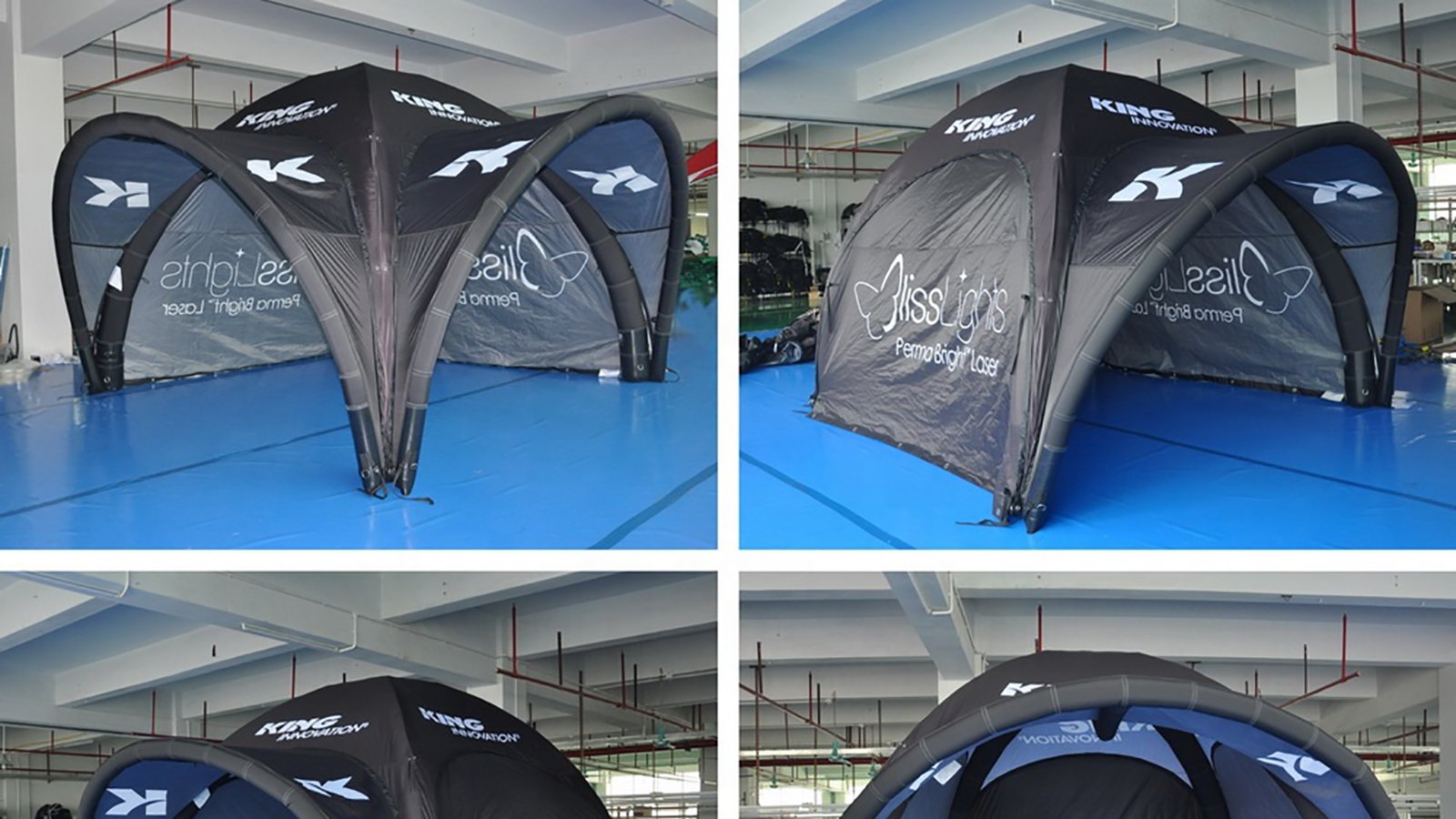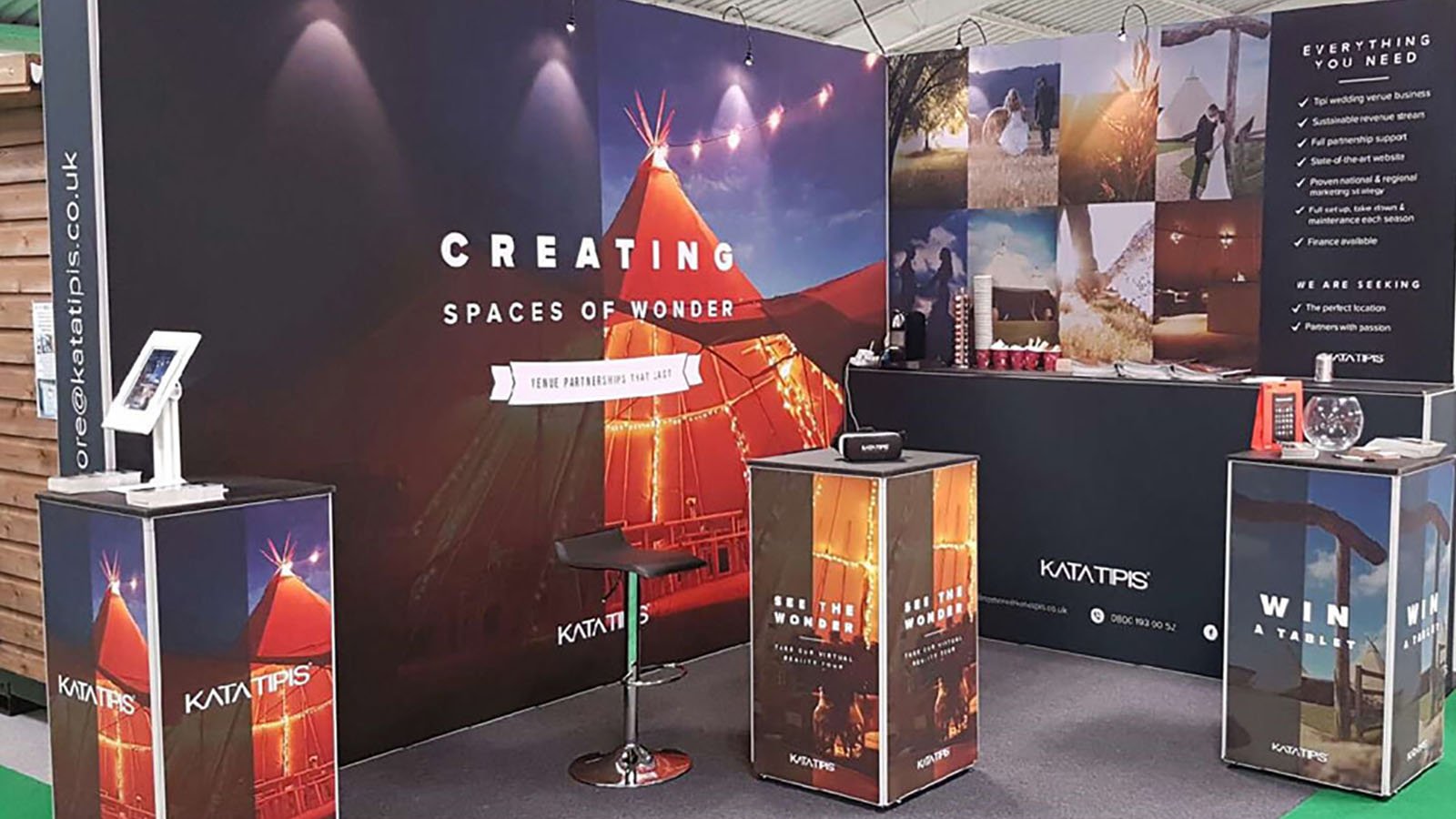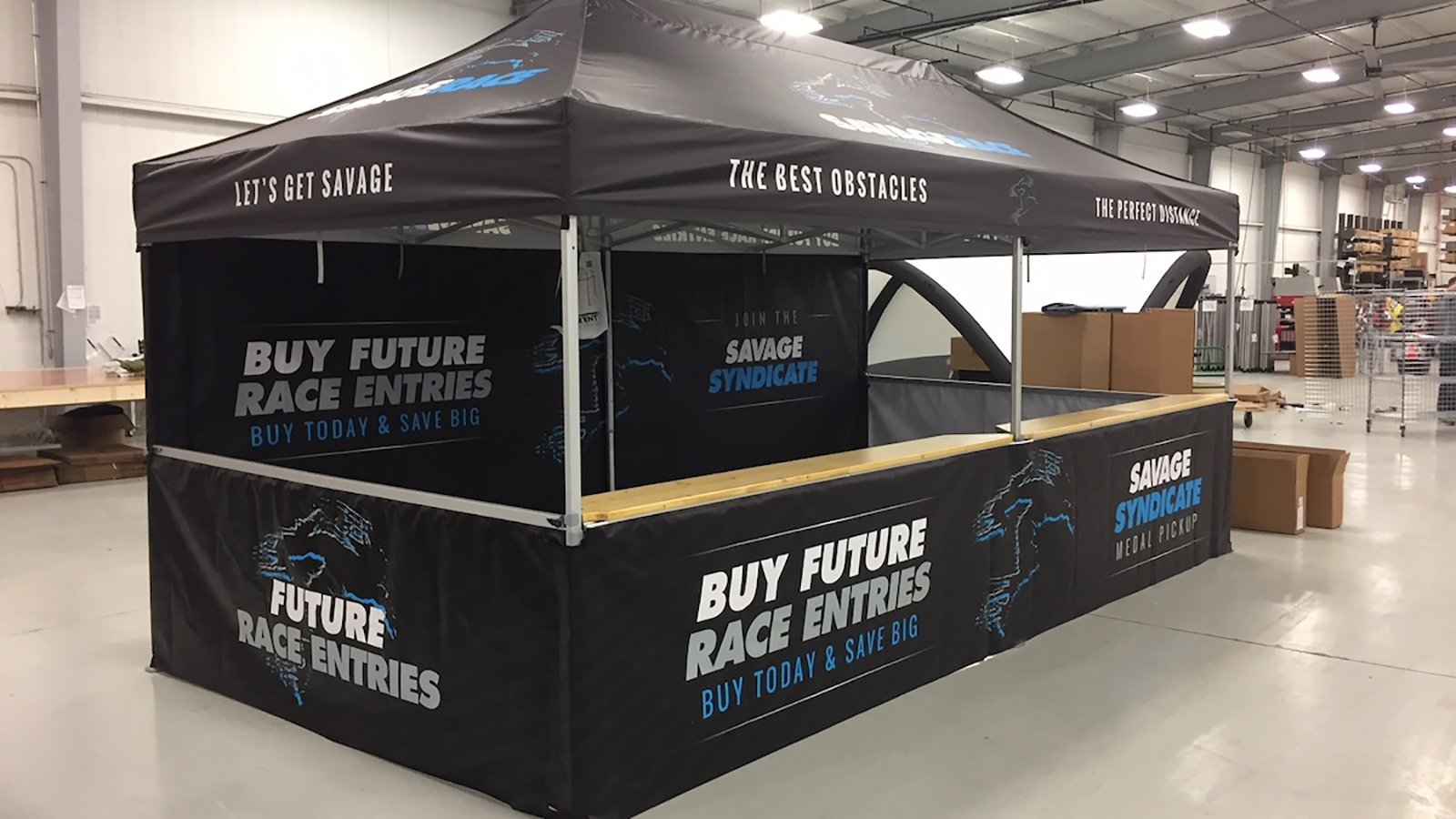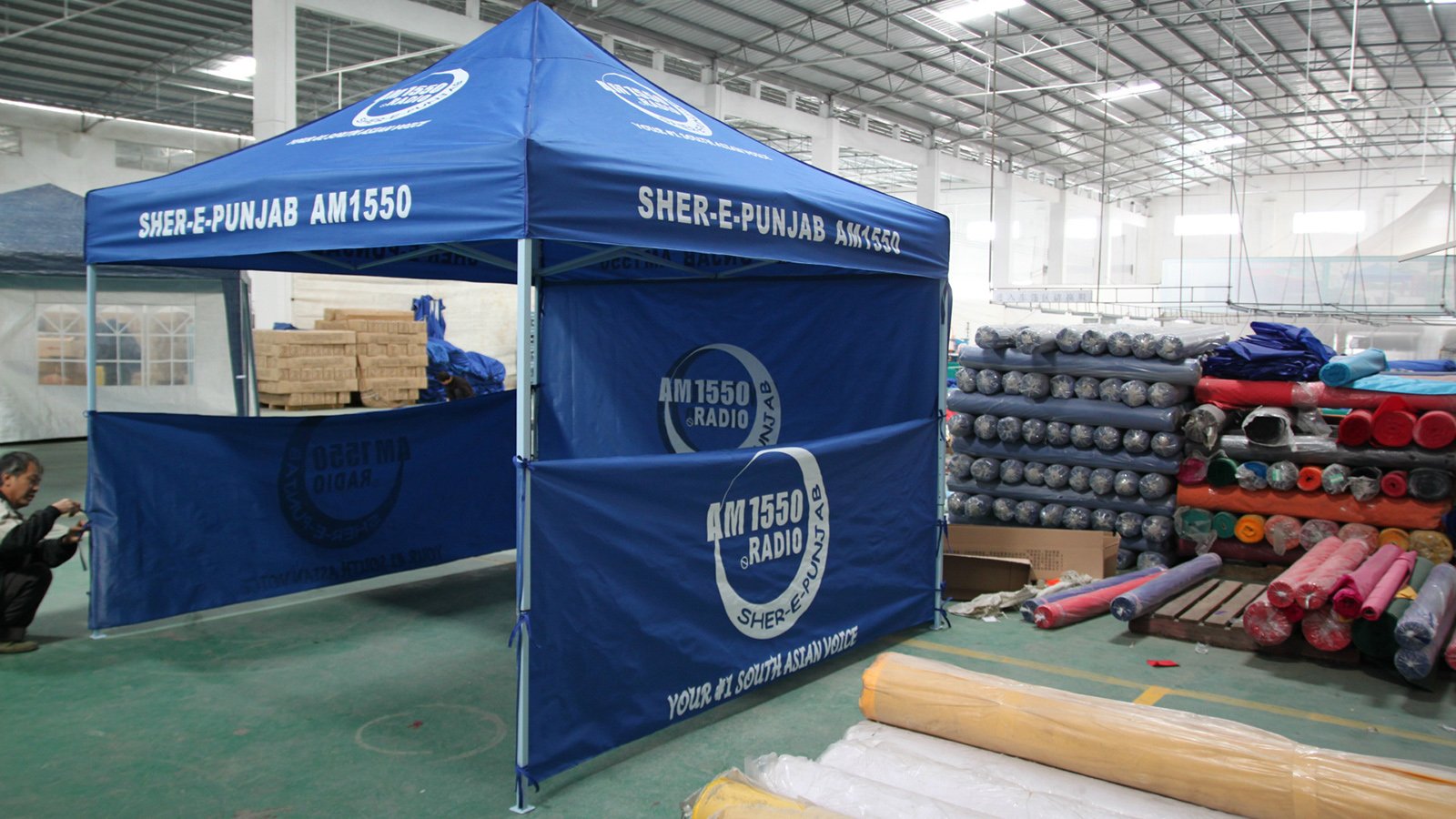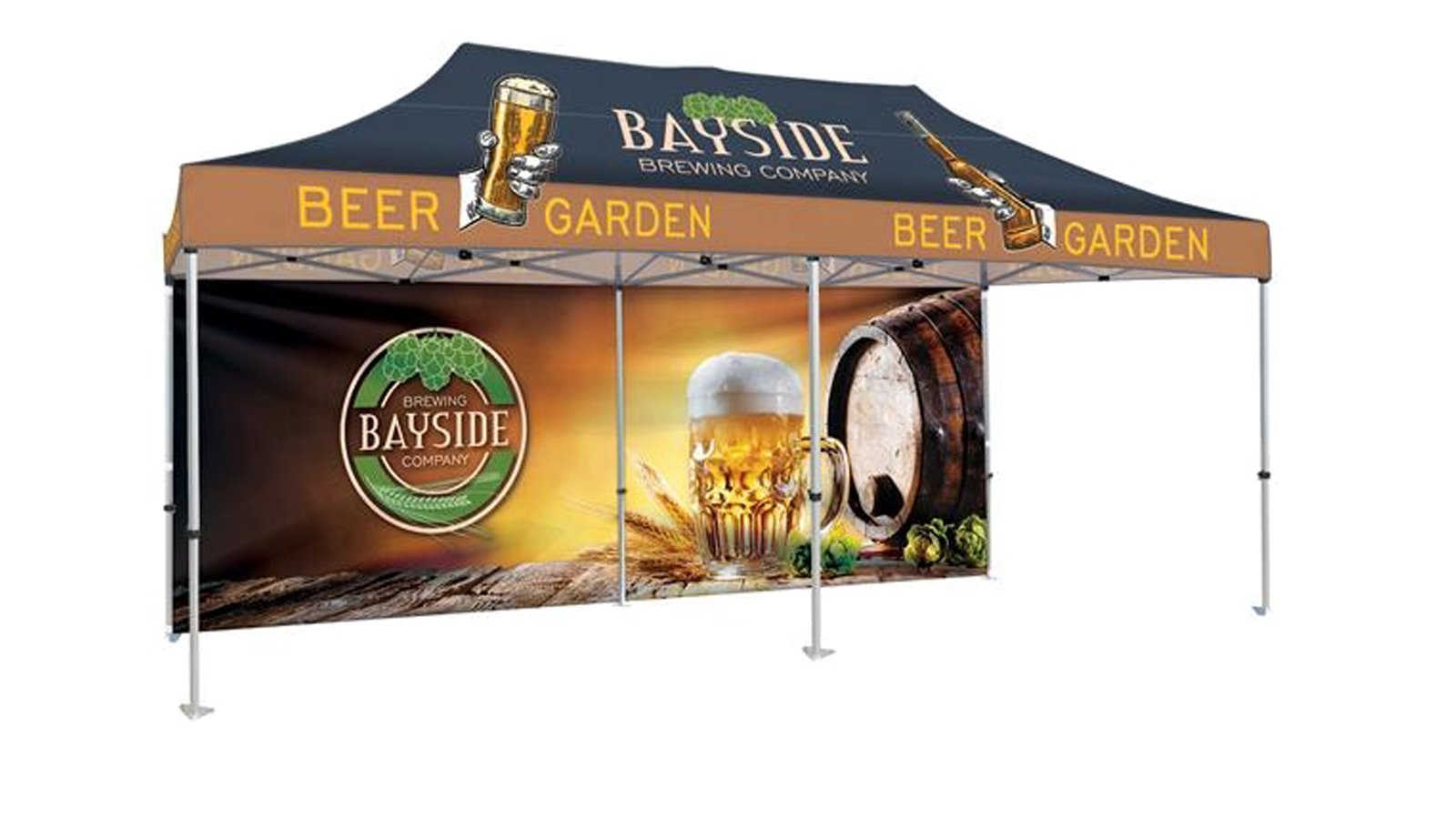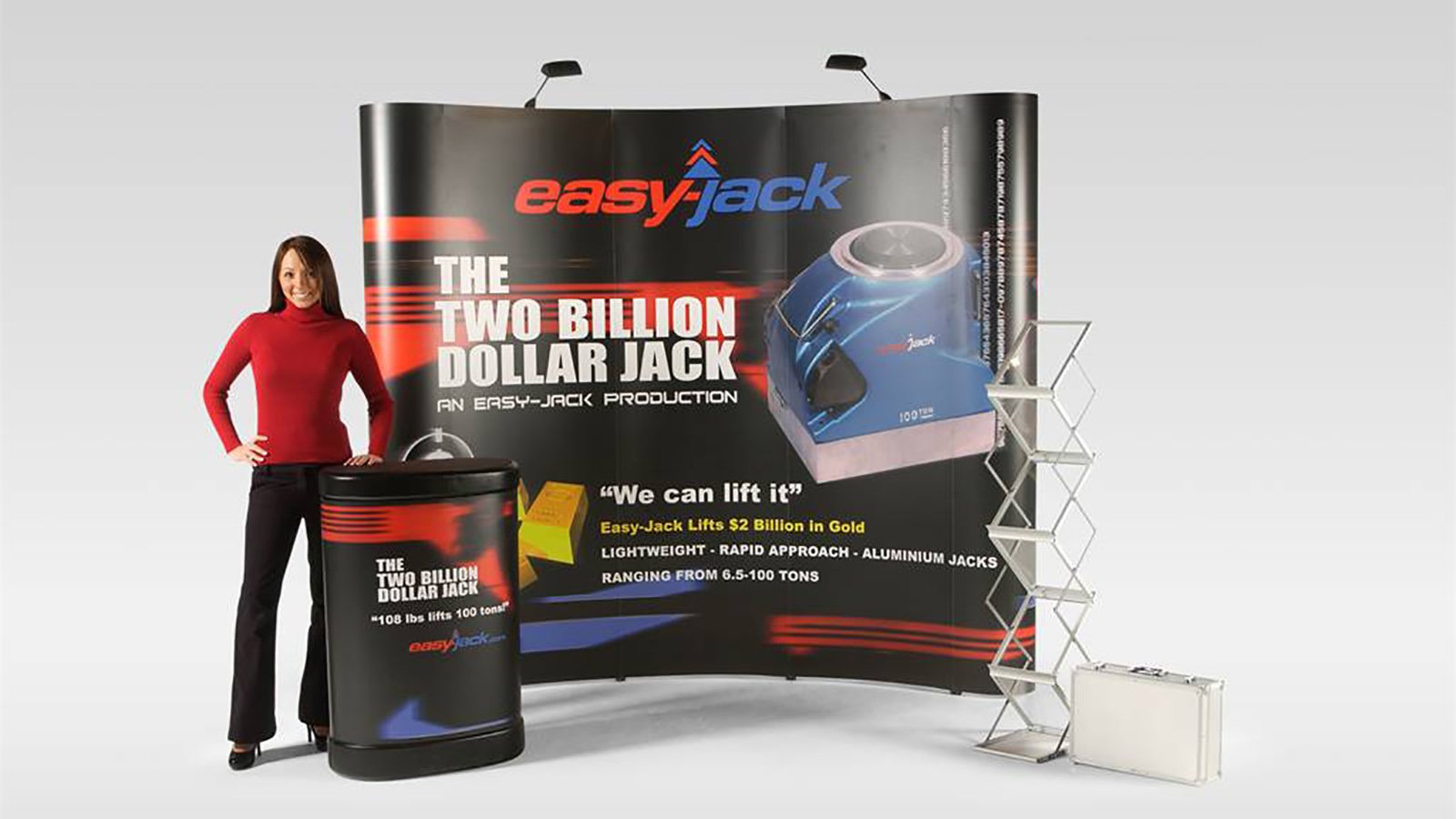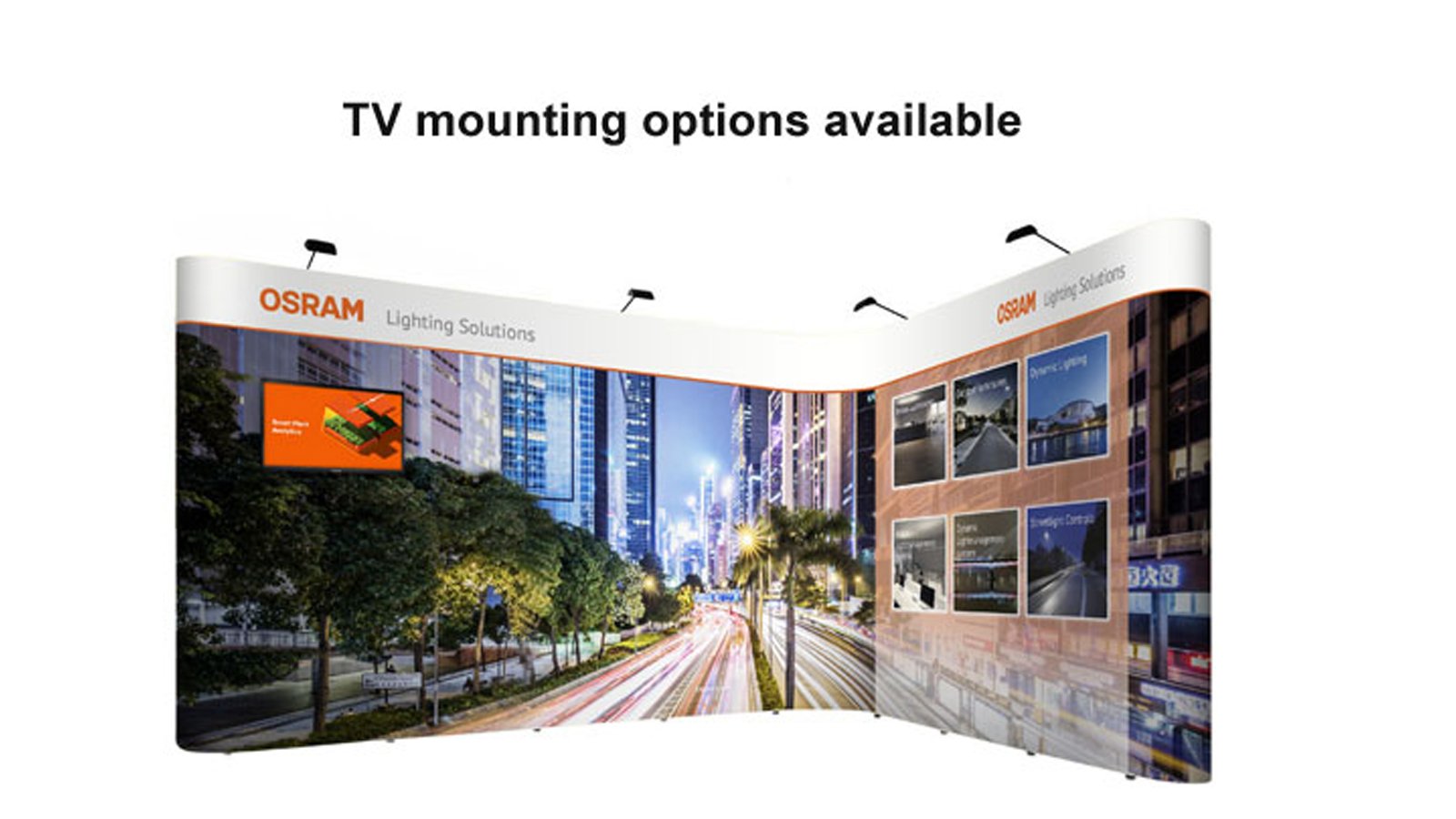The Size Matters: How Big is an Exhibition Stand?
Exhibition stands are an essential component of any successful trade show or event. They serve as the physical representation of a brand, showcasing products, services, and capturing the attention of potential customers. But have you ever wondered, how big is an exhibition stand? In this article, we will delve into the various aspects of exhibition stand sizes, ranging from the typical dimensions to the factors that determine their size.
The Standard Dimensions of an Exhibition Stand
Exhibition stands come in a variety of sizes, but there are standard dimensions that most organizers follow. These dimensions provide a framework for exhibitors and allow for consistency across different events. The most common sizes include:
1. 3m x 3m (10ft x 10ft)
The 3m x 3m exhibition stand is the smallest standard size available. It offers enough space for a small booth, consisting of a table, a few chairs, and some promotional materials. This size is ideal for startups or businesses with limited budgets.
2. 6m x 3m (20ft x 10ft)
The 6m x 3m exhibition stand is twice the size of the previous one, providing more room for creativity and customization. This size allows exhibitors to include additional elements such as product displays, demo areas, and interactive experiences.
3. 9m x 6m (30ft x 20ft)
The 9m x 6m exhibition stand is considered a large booth, offering ample space for various marketing activities. With this size, exhibitors can create complex layouts, incorporate meeting rooms, lounges, and even multiple product displays.
4. Custom Sizes
In addition to the standard sizes, exhibitors also have the option to design custom-sized exhibition stands. These stands are tailored to meet specific requirements and can vary significantly in dimensions. Custom sizes offer greater flexibility and allow businesses to make a unique statement at trade shows.
Factors That Determine the Size of an Exhibition Stand
Now that we have explored the standard dimensions, it is important to understand the factors that influence the size of an exhibition stand. These factors include:
1. Budget
One of the key factors that determine the size of an exhibition stand is the budget. Larger stands generally require more financial resources, including the cost of space rental, booth construction, and additional design elements. Businesses with larger budgets can opt for bigger stands to make a stronger impact.
2. Marketing Goals
The marketing goals of a company also play a significant role in determining the size of an exhibition stand. If the objective is to showcase a wide range of products or services, a larger stand may be necessary. On the other hand, if the focus is on a specific product or service, a smaller stand might suffice.
3. Branding Requirements
The branding requirements of a company can influence the size of an exhibition stand. Businesses with extensive branding elements, such as large logos, signage, and graphics, may need a larger stand to accommodate these elements effectively.
4. Product Displays
If a company intends to showcase physical products at a trade show, the size of the exhibition stand needs to be large enough to accommodate these displays. The dimensions should allow for proper positioning, visibility, and accessibility of the products.
5. Target Audience
The target audience also plays a role in determining the size of an exhibition stand. If the goal is to attract a large number of visitors, a larger stand can help create a greater impact and draw more attention. However, if the target audience is niche and specific, a smaller stand with a targeted approach may be more effective.
6. Competition
The level of competition at a trade show can also influence the size of an exhibition stand. If there are numerous competitors with large stands, it may be necessary to match or exceed their presence to stand out and capture the attention of attendees.
7. Event Restrictions
Some events may have specific restrictions on the size of exhibition stands. Organizers often impose limitations to ensure fair distribution of space among exhibitors. It is important to be aware of these restrictions and design a stand that adheres to the event guidelines.
8. Floor Space
The available floor space at a trade show or event venue is another factor to consider when determining the size of an exhibition stand. Different venues offer varying amounts of space, and exhibitors must work within these constraints to design an effective stand.
9. Design and Layout
The design and layout of an exhibition stand can also impact its size. A more intricate and complex design may require a larger space to execute effectively. It is essential to strike a balance between creativity and practicality to ensure a visually appealing and functional stand.
10. Engagement Activities
If a company plans to conduct engagement activities within the exhibition stand, such as presentations, demonstrations, or workshops, additional space may be required. These activities need to be factored into the overall size and design of the stand.
Conclusion
Exhibition stands come in various sizes, ranging from small booths to large custom-designed structures. The size of an exhibition stand is influenced by factors such as budget, marketing goals, branding requirements, product displays, target audience, competition, event restrictions, floor space, design, and engagement activities. By considering these factors, businesses can determine the ideal size for their exhibition stand and create a compelling presence at trade shows and events.




